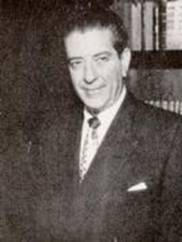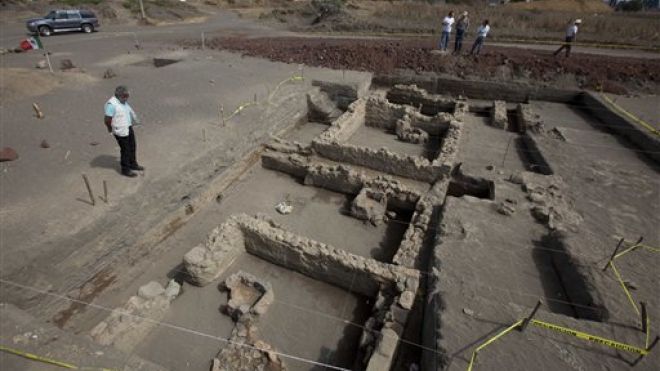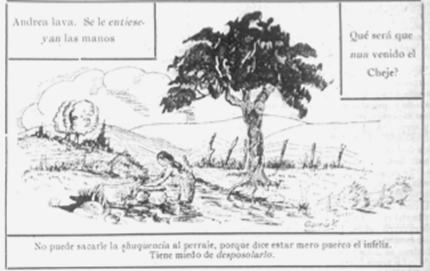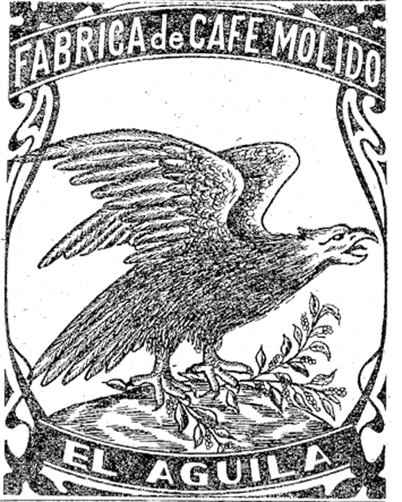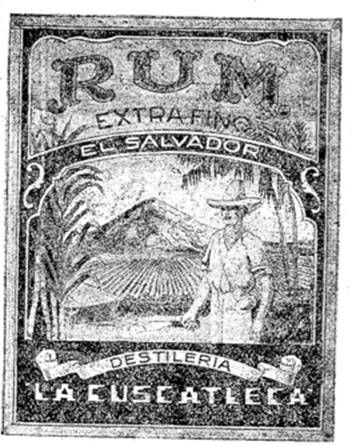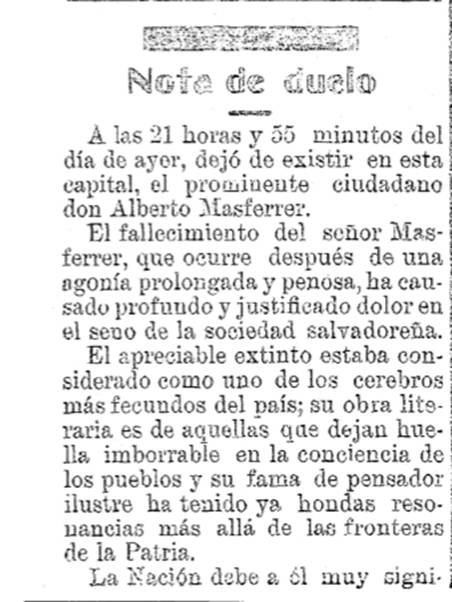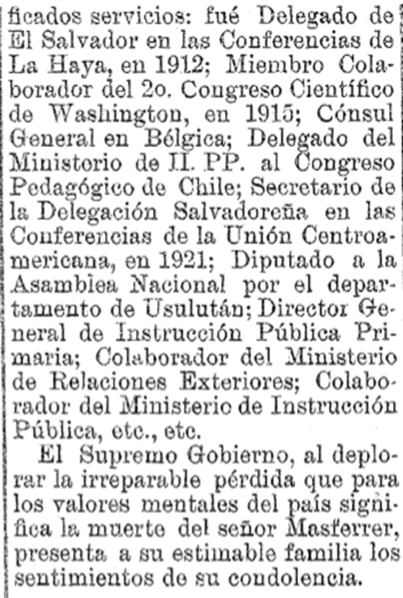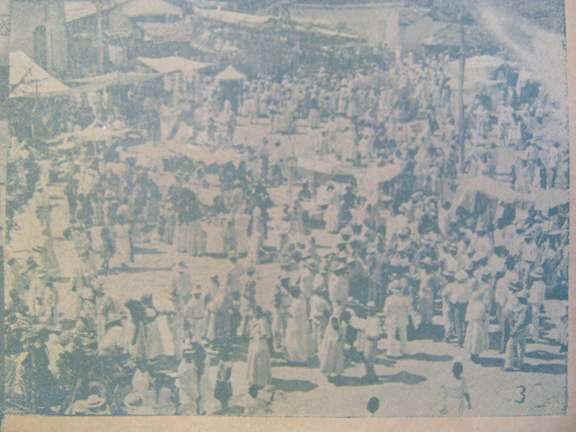|
Introduction.
The author had the good fortune to interview Mrs Alice Vidaurri
Anaya over the phone on December 14, 2011. Her mother, Soledad Vidaurri,
took her three children as well as brother’s three to register them at
the White Westminster Main School on Seventeenth Street in Westminster,
California. This happened in
1944. Gonzalo Méndez Sr. was the lead plaintiff in Méndez
et al. vs. Westminster et al.
What
took place at the Westminster Main School set off a series of critical
events that led to the historic lawsuit that overturned the de facto, de jure
segregation of Mexican heritage students in the public schools of Santa
Ana, Garden Grove, El Modeno, and Westminster.
In
the article the author uses the term “Mexican” to refer to Mexicans
and Mexican Americans. “Whites” or “Anglos” mean persons of
Anglo American cultural heritage. These names along with “Americans”
and “Anglo-Saxon” were in vogue by the turn of the twentieth
century.
The
author expresses his heartfelt gratitude to his former classmate at
Hoover (1944-45) and Seventeenth Street School (1945-46), Gonzalo Méndez Jr, who helped me connect with his cousin, Alice
VIDAURRI Anaya.
Cypress Barrio Reunion, 2007.
At a 2007 gathering of the Cypress Barrio Reunion in Orange, California,
a former El Modena Barrio resident and city of Orange Councilman
laughingly said, I had never
tasted a peanut butter and jelly sandwich until the schools were
desegregated. hen
he,, Fred Barrera, added: My white
classmates never tasted a burrito until then too.

8th Grade 1939 Orange CA No. Glassell St Fred Barrera
Top row #4 from Left
Courtesy Shades of Orange
Also at the reunion
was an Orange resident who remarked how upset she felt when as a student
at UCLA she learned about the residential segregation of Mexicans.
She says, At first I felt
angry at the situation and at my family for never telling me about it.
But the more I learned about it, I discovered it was a way of
life back then. It helped
preserve our culture and keep our community close (Bacalso, June 24,
2007, in www.SomosPrimos.com).
Sixty-three years
earlier in 1944, the emotions of Soledad “Chole” Vidaurri were of a
different mix when she interacted with a teacher at the All Anglo
Westminster Main School (aka the Seventeenth Street School).
To repeat, Soledad,
the sister of Gonzalo Méndez Sr, had taken her two girls (Virginia and
Alice) and the three children belonging to her brother to register them
for classes that fateful September of ‘44. (Edward Vidaurri was sick;
He stayed home.)
The
Frank and Soledad Vidaurri family lived with the Gonzalo and Felícitas
family on a ranch in Westminster, a sleepy agricultural town of about
2,500 seven miles south of Santa Ana, CA. Gonzalo was leasing the rancho
from the Munemitsu family who was interned in Poston, Arizona. Frank
served as the patrón or mayordomo on the ranch running the farm machinery and supervising
the workers (Phone interviews with Alice Vidaurri Anaya, December 14,
2012, and Gonzalo Jr, January 08, 2012).
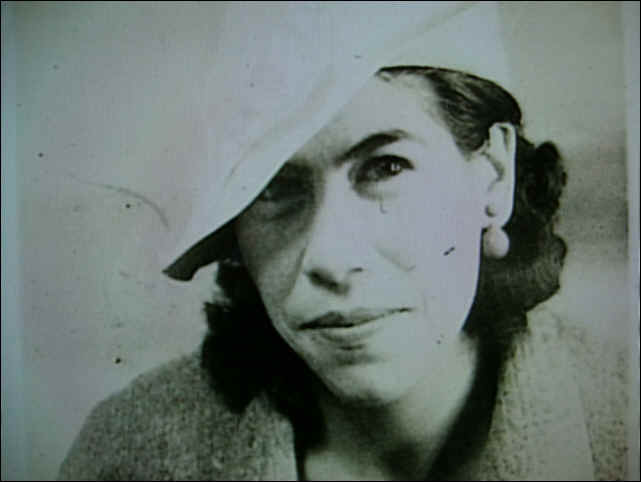
Soledad “Sally” Vidaurri ca. 1940s
Alice Vidaurri Anaya recalls that her mama,
Soledad, crocheted us yellow
dresses with ribbon-- really spiffy. She
and Virginia (age 11) were ready to spend their full day of school as
they carried their sack lunches with peanut butter and jelly sandwiches.
During
our interview, Alice, who at the time was 10 years old, describes that
encounter by interspersing English and Spanish.
--We
went up them [auditorium] steps to register, really happy.
En ’44, yo ya tenía 10 [años] / In
’44, I was already 10 years old.
-- The teacher at the table looked at my mom and
said, ‘Mrs Vidaurri, your children can come here, but the other
children have to go to Hoover.’
--
Mom was in shock and said, ‘Could
you repeat that, please!’
--
Your name is Vidaurri but their
name is Méndez.
The
teacher could very well have answered by saying,
Mrs.
Vidaurri, your children are white. The Méndez
children, on the other hand, are dark-skinned and have a Mexican last
name. Therefore you have to register them at the Mexican Hoover School.
What follows, for the sake of comparison, is what Soledad Vidaurri,
Alice’s mother, told Alfred Zúñiga about her encounter with the
teacher at the White Westminster School (interview of 1974, in McCormick
& Ayala, 2007, p. 33; Title of article, “Felícita
‘La Prieta’ Méndez (1916-1998) and the End of the Latino School
Segregation in California”):
--Cuando
yo fui a llevar a mis hijos y a los hijos de mi hermano Gonzalo Méndez,
¡qué mal me sentí! / When I went to take my children and the children
of my brother Gonzalo Méndez, how awful I felt!
--Qué
pasó en este incidente que platica usted?/ What happened in this
incident that you are talking about?
--Tan
pronto como me dijo ella que ella aceptaba a los míos porque eran
belchis o Americanos, o qué eran, o de otra raza, le dije que yo, ¡que
no! Me dijo, ‘Yo te puedo reportar.’ Le dije, ‘Tú? Tú no me vas a
reportar a mí. ¡Yo te voy a reportar a ti!’
As
soon as she told me that she accepted mine because they were Belgians,
or Americans, or whatever they were, or from another race, I said, ‘No
way!’ She told me,‘I am going to report you.’ I said, ‘You? You
are not going to report me. I am going to report you!’
--No. Yo rehusé. Eso fue lueguito. No crea usted que yo tuve que ir
al rancho a decirle a mi hermano! Inmediatamente rehusé yo a la maestra
y le dije, ‘My kids, no van a tu escuela. Si los de mi hermano no van,
los míos no van.’ Somos de ese carácter. Y soy así. Entonces ya me
fui. Y yo me regresé pa’l rancho.
No, I refused. That was right away. Wouldn’t
you know that I had to go to the ranch to tell my brother! I immediately
refused the teacher[‘s offer], and I told her, ‘My kids, they are
not going to your school. If those of my brother aren’t going, mine
aren’t going either! We are made of that character. And I’m like
that. Then I got going. And I returned to the ranch (]).
Felícitas Méndez remembers the episode this way (interview by
Alfred Zúñiga, December 1974):
--La directora del plantel dijo hace 50 años a la señora Vidaurri, cuyos
hijos son hispanos blancos, de cabello claro, que no había problema en
matricular en la escuela a sus tres hijos, pero a los niños Méndez,
igual de prietos que yo [recuerda señalando la piel, doña Felícitas],
no podia inscribirnos. Pues ellos
tendrían que matricularse en la escuela Hoover la escuela Mexicana, a
donde se enviaba a los niños latinos del pueblo de Westminstter en esos
años (McCormick & Ayala, p. 33; Arrítola, 1995, p. 3).
--Fifty years ago the principal of the school told Mrs. Vidaurri, whose
children were white complexioned and had light colored hair, that there
was no problem in registering her kids at the school, but the Méndez
children who were dark the same as I, [doña Felicitas point to her
skin], she couldn’t register them [here]. Well they would have to
register them at the Mexican Hoover School, where the Latin kids from
the Westminster barrio were taken in those years.
(McCormick & Ayala, p. 24).
Public Schools’ Categorization of Mexican Students.
When it came to categorizing students, it was critical that school
officials know a student’s surname and/or their physical appearance.
Was the student dark? Did s/he have a Hispanic last name? Okay,
they go to the Mexican school.
Thus, for example,
Frank A Henderson, the Santa Ana Superintendent of Schools, testified in
court during the hearings of the Méndez
v. Westminster trial that in the matter of assigning students to a
given school, they classified them by looking
at their names to see if they were of Mexican extraction (Petitioners’
Opening Brief, September 29, 1945, Para IV).

Hoover
School
Westminster CA 1944
Alice Vidaurri
10 Years Old
BOTTOM:
Bobby Díaz; Robert “Beto” Vega; Lupe Castillo; Joe Hernández;
Albert “Calvo” Acosta; Silvestre “Chivete” Mendoza; George
Ledesma; Meño Arganda.
MIDDLE: Felipa “Lipa: Mendoza; Nacha Caudillo;
Margaret Mendoza; Francis Medina; (?)
Ponce; Julia Palomino; Jovita,
“Jovie” Pérez; Alice Vidaurri
TOP: Alice Tarín; Sally González; Josie Palomino;
Stella de la Cruz(?); Tillie Rosales; Ramona “Ronnie” Rivera; Gloria,
Cruz; Gloria Tarín’ Isabel Varela; Last one unknown
Alice said she was
stunned and confused by what she heard. She had lived in San Diego and
other cities, had gone to school with persons of different ethnic
backgrounds, and never before encountered such a disquieting
circumstance. Había de todo, she explained. / They
were of all kinds [ethnic backgrounds].
Alice continued,
--Mom kept her composure and said, ‘If my nephews and niece can’t
come, then, no. . . ! How can they go to the Hoover School when our two
related families live at the same address and reside in the Westminster
Main School district?’
The practice of
Anglo boards of education in Orange County of segregating Mexican
heritage students rested on a litany of unfounded racially based
beliefs. One, tied to
knowledge of English, alleged that Mexican students lacked proficiency
in English and that they had a bilingual
handicap. Another
opinion held that because Mexicans were an alien and immoral race, they
had to be segregated for the moral good of white society.
Other discriminatory
attitudes and practices were revealed during the Méndez et al. vs. Westminster et al. trial in 1945.
For example, Anglo professional educators stated that Mexicans
were dirty; that they didn’t
know the Anglo American culture and needed to be Americanized;
that they couldn’t compete with Anglo classmates.
Yet another was that they were immoral.
A key witness for
the defense, James L Kent, the Superintendent of the Garden Grove School
District, wrote an M.A. thesis in education in 1941 at the University of
Oregon. Among other opinions, he held that Mexican children could not
compete with their white peers because of malnutrition and related
issues. He writes,
They
are malnourished] because of the fact that their natural dishes consist
of tortilias [sic], a greasy mixture, or enchiladas and beans. These
foods, although giving sustenance to the body, do not provide a well
balanced diet. Sick in mind and in body, the Mexican child finds that he
is no match in intelligenge
[sic] or in desire, for his white brother in his school work” (pp 22-23).
Attorney
Marcus obtained Kent’s thesis and had it admitted as evidence over the
objection of the defendant counsel. In studying the thesis Marcus found
that Kent believed that Mexicans were a race. With Kent on the witness
stand, Marcus asked, “Is it not a fact that you believe that the
Mexican is not of the white race?” His reply: “I believe he is an
American. I don’t believe he is of the white race.” Apparently Kent
changed his mind about Mexicans not being white. He said he now believed
that a Mexican is of the “white” race, “That is one of the reasons
why they are segregated (R. Tr. pp. 119, 129, 124).”
Here
is a brief transcript of an exchange between David C Marcus, lawyer for
the plaintiffs, and James L Kent during the hearings of Méndez v. Westminster:
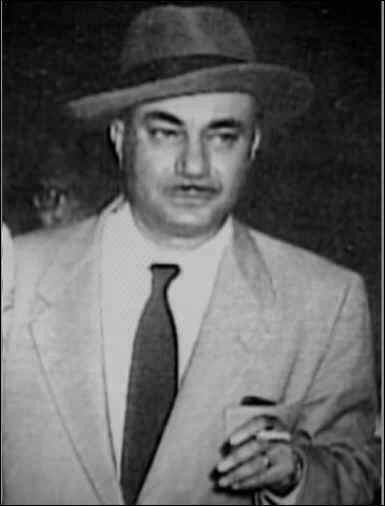
David
C Marcus
Marcus Mr
Kent, with respect to educational ability, it is your opinion that the
Mexican children are inferior to the white children?
Kent
In their ability, yes.
Marcus
What percentage, in your opinion, is inferior?
Kent
In what?
Marcus
In scholastic ability.
Kent
75 per cent.
Marcus [I]n what other respects are the children of Mexican descent
inferior to the other children in your district
Kent In
their economic outlook, in their clothing, their ability to take part in
the activities of school.
It
turns out that the 7th grade class at the Mexican Lincoln
School in El Modeno outperformed their White counterparts at the Anglo
Roosevelt School in standardized achievement tests (Wollenberg, 1976, p.
128).
Apparently
Kent based his opinion of the “inferior educational ability” of
Mexican children on a study by B. F. Haught. In 1931 Haught found that
Mexican children’s intelligence quotient was 79 compared with 100, the
average score for the average Anglo counterpart (Gonzalez, 72; Donato,
p. 27; see p. 88 of Kent’s thesis for title of article by B. F. Haught).
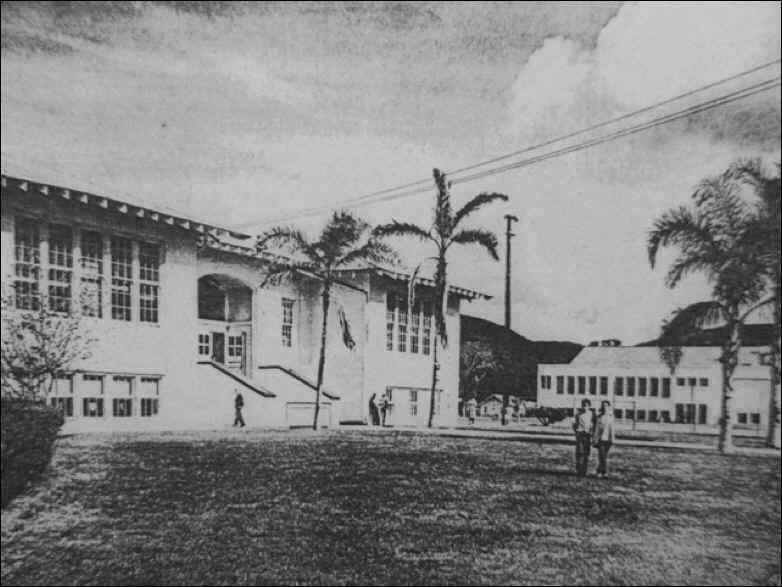
In
Community of El Modena, CA: White Roosevelt School (left) & Mexican
Lincoln School (right) ca. 1940
A
noted professor of education who earned his doctorate at the University
of California, George I Sánchez (1906-1972) argued that in order to
comprehend the results of IQ tests standardized on white middle class
students, one had to consider the differences in class, language and
ethnic differences (García, 1989, pp 253-267) in order to properly
interpret results.
In
Literacy and Language Diversity in
the United States (1996), Terrence Wiley states that “intelligence
tests have long been criticized for implicit language and cultural
biases.” He adds that
standards upon which both functional literacy
and academic achievement are based typically reflect the norms of
middle-class, monolingual, English speaking populations. . . .[that]
become imposed on the population as a whole with the result, too often,
that those who fail to meet these levels are stigmatized.
The
first IQ test was developed in France by Alfred Binet in 1905. The
American version of the French Binet intelligence test was published as
the “Stanford-Binet” test in 1916 (Kamin, 19774, p. 6).
The
American psychologist Lewis Terman was an early advocate of the efficacy
of IQ testing. Terman, a Stanford University professor, favored
sterilization of those found to have inferior intelligence on IQ tests.
These were classified as feeble-minded. Others like Thorndike believed
that the less intelligent were morally inferior as well (Wiley, 1996, p.
60). In 1916 Terman wrote that the 70-80 range of intelligence
is very, very common among Spanish-Indian and
Mexican families of the Southwest and among negroes. Their dullness
seems to be racial. . . [When experimental methods are done] the writer
predicts there will be discovered enormously significant racial
differences in general intelligence, differences which cannot be wiped
out by any scheme of mental culture.
Children of this group should be segregated in
special classes. . . They cannot master abstractions, but they can often
be made efficient workers. . . . they should not be allowed to
reproduce, although from a eugenic point of view they constitute a grave
problem because of their unusually prolific breeding (in Kamin,
p. 6; also see González, Chicano
Education in the Era of Segregation, pp 62-76.)
Interestingly
enough, during the preliminary hearings, the two defense lawyers
accepted the premise that Mexicans were legally white. And just as
interesting, students of Japanese ancestry were also considered white.
Yet Japanese and Portuguese students were admitted to the Anglo grammar
school by the Westminster School trustees--not Mexicans. One can surmise
why this happened. It is not far fetched to say that it was because the
Japanese and Portuguese were farmers, and as such, persons of
importance.
Alice
continued her sad story—
--Nos recogió / She
gathered us together, got us in the car like a mother hen gathers her
chicks, and when we returned to the [Munemitsu] ranch, Gonzalo asked
mama, --Qué estás haciendo con los niños contigo? / What are you doing
[here] with the children?
When Soledad,
Alice’s mother, told the terrible news, Gonzalo simply said, Hermana, tú sabes que yo tengo el dinero y tú haz lo que quieras hacer.
/ Sister, you know that I have
the money. . . You do what you want to do.
--So she took us to Hoover.
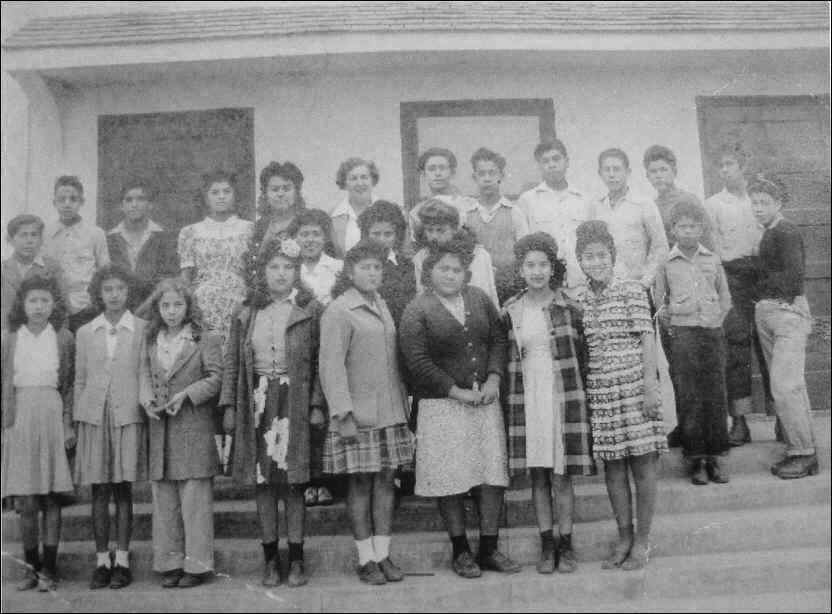
Virginia
“Ginger” & Eward Vidaurri @ Hoover School
Combination Class Picture 1944
Front
L-R NN, #2Angélica Mendoza, Virginia Vidaurri, Gloria Carrillo, Lecha
Ponce, Gregoria Medina, Mini Ledesma, Catalina
Rivera
Middle
#1Edward Vidaurri, María “Baudelia” Vela, María Herrera, NN, Sal
“Chavo” Vela, Johnny Pérez
Back
Frank Acosta, NN,
Nadine González, NN, Mrs Stacey, “Red” Varela, Alex Vigil,
Lito Hernández,
Willie Vega, Augi Huntes,
NN
We
learn from testimony in the Méndez
case that the Hoover School had 152 students taught by eight American
teachers. In Superintendent
Kent’s opinion, They are the
best teachers we have, we feel. He stated that seven of the teachers
had been assigned there 10-12 years; the eighth teacher, eight years.
I
asked Alice to describe the playground. --It had a wall where we bounced a ball. We’d bring our own ball.
Era pura tierra / It was all dirt.
--Books? I don’t know where they came from but they were written
in. Mom would say, ‘Ignore
that. Write in another space.’
--Never [had] new crayons. No eran nuevos / They weren’t new. They
were all broken. Could it be they were brought from the Seventeenth
Street School?
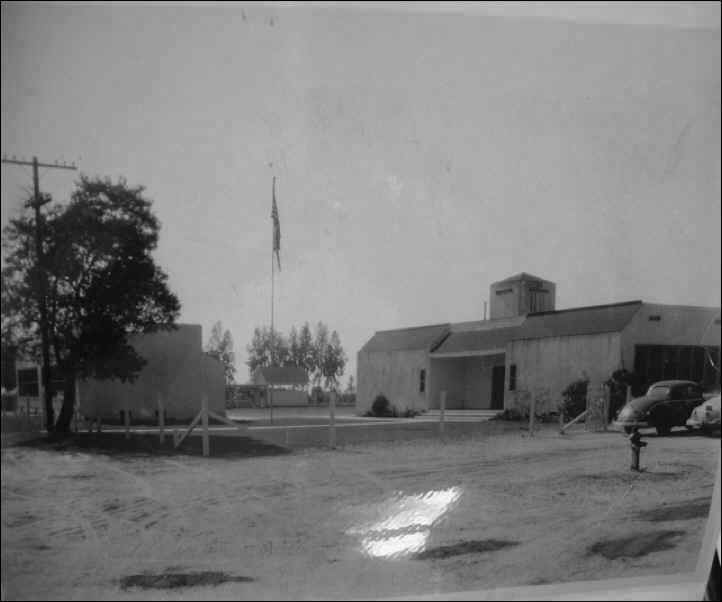
The
All-Mexican Hoover School in the Middle of the Colonia ca. 1930s
In
Background is a Covered Structure. Building on Left Housed Grades,
K-1-2-3
Hoover Dedicated in 1929 as an Americanization School
By
all appearances, Hoover School was not the “terrible two-room shack”
with menacing flies from the dairy across the street as has been
described in interviews. But
it is a distant second when compared to the beautiful architecture,
lovely evergreen trees and manicured lawn of the Seventeenth Street
School that became All White in 1929, and Hoover became All-Mexican.
This is when the Board of Education took the Mexican students out of
Seventeenth and sent them to Hoover to “Americanize”
them.
At
the September 19, 1929 meeting of the Westminster School Board of
Education, trustees talked about installing a lawn at Hoover. The
minutes read,
The question of a lawn along parking at the Main
School and in front of the Mexican School was discussed but definite
action was postponed.
One
bright sunny morning in 1944/45 there was lots of excitement and
commotion in the Hoover play yard. Classmates were running toward the
west side of the campus toward the street.
I followed along. I
asked Alice if she recalled what was happening.
She
tells the story this way.
Isabel Vega lost a paper she was carrying. A
gust of wind carried it to the fence across the street from the west
campus. As she reached for it, her hand got caught on an electrified low
voltage wire. This wire was meant to keep a dairyman’s cows from
leaving their pasture. Frank “Red” Varela told someone [Mike González]
to tell the farmer to turn off the current.
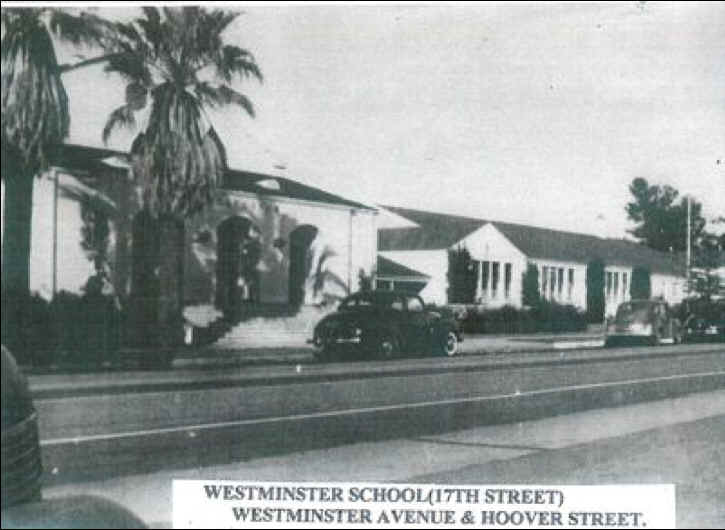
Beautifully Landscaped School Replaced the One Severely Damaged by
the 1933 Long Beach Earthquake
Alice
Vidaurri Recalls Walking Up “Them Steps” to
Register For Class in 1944
Alice
spoke about being disciplined. She admitted, --I got hit quite a bit. I was outspoken. They’d tell us not to
speak en español. But we’d forget because we’d speak Spanish at
home, and from home to school se te olvida (you forget) so I got hit
with a ruler. [I knew I’d] get hit again if we told our parents what
happened at school.
-- ¡Me las comía!,” Alice confided. / I would just take it
(being hit).
-- We were taught that our teacher was like our mom. The teacher
would find one of the students to snitch on you
(snitching acknowledged by another interviewee).
In
an in-depth study of the K-12 education of Mexican Americans in the
Southwest, Grebler et al. (1970) reported on White educators’ reasons
why they prohibited the use of Spanish in the Southwest (p. 175).
English is the
national language and must be learned.
Bilingualism
is mentally confusing.
The
Spanish spoken in the Southwest is a substandard dialect.
Teachers
do not understand Spanish.
Grebler
et al. hypothesize that
the rejection of Spanish may largely reflect the
feeling that the Spanish-speaking child represents a threat to Anglo
school authority and control; teachers do not know what Mexican
Americans are saying—are they disrespectful or impudent, using foul
language, urging their peers to riot and revolt? Speaking Spanish may be
seen as a subversive activity, an undeciphered code reflecting hostility
and plotting against school authorities” (p. 175)
In
the September 13, 1929 minutes of the Westminster School Board, the
Trustees speak of Hoover as the Mexican
School (author’s italics). At this meeting the trustees voted to
discontinue “present Janitor
[sic] services at the Mexican School.”
The
following month, at the October 13 meeting, a Westminster School trustee
motioned to have “Manual
Training and Domestic Science installed as cheaply as possible.”
The
motion carried. Trustees also approved the following warrants for the
Hoover School teacher Ethel Paulk (known as
Mrs Polka by former barrio students)
$130.00, and Mrs. de la Cruz, janitor, $13.00. Clyde Day took the
minutes as the Clerk of the Board.
The
attitude and policies of the Westminster School Board of Education
toward the education of Mexican heritage students was consistent with
that of other boards in Orange County and in the Southwest. They
reasoned that since the intelligence of Mexican was inferior, they could
be housed in inferior buildings. González puts it this way,
IQ theory placed the Mexican community at a
particular disadvantage in that it barred its educational advancement,
justified its segregation, legitimized its political domination. . . .
and contributed in no small measure to an education that stressed
preparation for semiskilled and unskilled labor (p. 66).
In
the nearby Santa Ana schools, the trustees also made references to the
Mexican School. This is how the segregated schools in Orange County
were known as. School
trustees used this nomenclature to identify the class of students they
were segregating. The difference in Santa Ana is that they had three
all-Mexican schools whereas Westminster, El Modena and Garden Grove had
one each.
Simon
Ludwig Treff (Master’s thesis, 1934) reported that over a quarter of
the roughly 16,000 students in Orange County were Mexicans or Mexican
Americans. At this time there were 15 all-Mexican elementary schools (in
Wollenberg, 1976, p. 116).
Alice
said that a third sister, Olivia, was born to the Vidaurris in 1946
shortly after the family left for the San Joaquin Valley in central
California. They nicknamed her Libby.
--She knows all the history. Mama spoke of our
history always.
As
for her part in the family’s legacy, Alice commented that sometimes
Libby speaks of herself in the third person:
--Olivia, you’re never spoken of in our
history. [You’re] a left
wheel here!
Alice
explains that the Vidaurris moved from Westminster on account of her
mom’s asthmatic condition. Her doctor said she needed to find a
warmer, drier climate.
--Her
lungs opened as soon as we got to [the town of] Gorman on the Ridge
Route” (the Grapevine, now I-5).
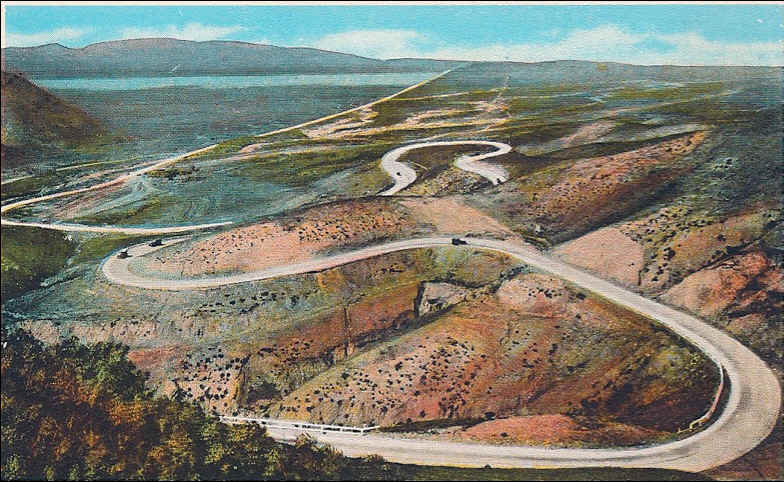
The Old Ridge Route Connecting Bakersfield & Los Angeles ca. 1930s
Gorman is South from this Point About 10 Miles From Bakersfield.
Looking North Toward Bakersfield
Master’s
theses on the education and Americanization of Mexican students were
written in the 1930s by students of Dr Emory S Bogardus of the
University of California. Betty Gould’s 1932 Master’s thesis was
titled, “Methods of Teaching Mexicans.”
For
her data on the methods of teaching Mexicans, Gould observed Anglo
teachers in the Mexican schools in Stanton, Delhi, Magnolia, and the
Herbert Hoover school in Westminster, all in Orange County (pp 9-10).
She tells us she spent nearly 1,500 minutes interviewing 30 teachers and
principals in Los Angeles and Orange Counties (pp 8-9).
Although
Gould’s thesis is not as hostile or as racist as Kent’s thesis,
nevertheless, it carries stereotypical impressions of Mexicans that curl
one’s hair. For example, she writes
The Mexican is naturally indolent, and his
tendency to “never do today what can be put off until some other
time” is one of the outstanding problems with which the school is
confronted (p. 2).
As a general rule, the parents lack any desire
for education (p.2).
Mexican labor is seasonal, and the occupation of
children of school age presents a serious problem to the school. During
walnut season many Mexican schools in southern California have to be
dismissed because the attendance is so irregular. The writer was pleased
to learn that of late, schools are beginning to be established close to
the worker’s camps, and the children are forced to attend these
“migratory” schools at least part of the day (p. 2).
Prize fighting is more popular with Mexicans
than football. Their athletes are few, because they can not stand
punishment, and dislike to be beaten (pp 2-3).
The Mexican children of laboring parents are,
for the most part, handicapped by having decidedly inferior mental
equipment.
They can do a greater amount of routine work
than the American child, and seem to enjoy it (p. 3).
In Chicano Education in the Era of Segregation, Dr Gil González
examined 46 theses and dissertations. About these he writes,
The Americanization literature. . . .was not
uniformly negative in intent. The intent seemed more often patronizing
than negative, more insensitive than malicious,” (p. 38).
He states that UCLA
and USC created special courses for the teaching of Mexican students.
Some school districts like Santa Ana, Los Angeles and Long Beach set up
bureaus called Department of Immigrant Education or Department of
Americanization (p. 38).
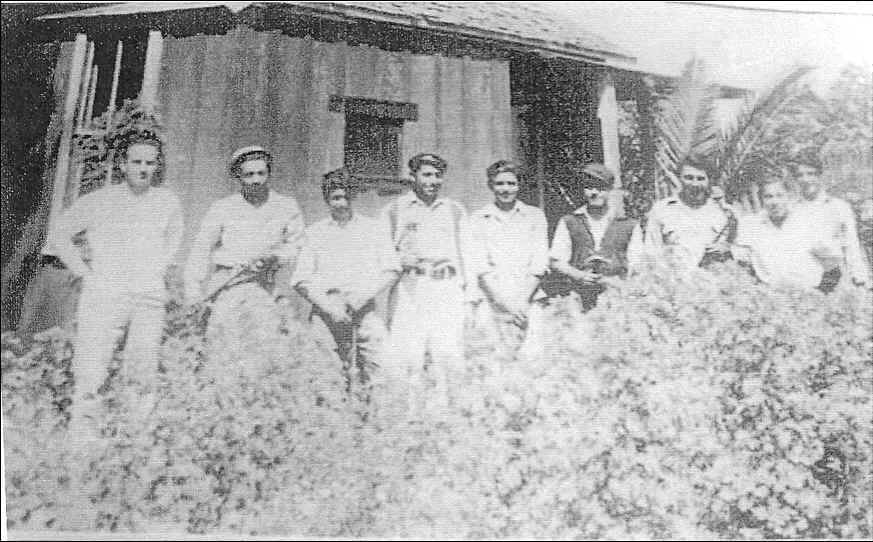
Westminster
Barrio Boys’
Club House
SE Corner Main & Olive Streets
Ca. 1940
Mr
Miceli on Left
Adán Méndez (Andy Vásquez’ Friend) Far Right
The
Mexican American students in the above picture lived in the Westminster
barrio and were students at the Hoover School. Mr Miceli (left) was
their teacher. Noticeable are tools in students’ hands. They look like
high school age, 15-17. The Club House was in the middle of the barrio
on Main Street about a block and a half north of the Hoover School. My
brother Salvador (b. 1931) believes the purpose of the Club House was to
learn a trade; that it was in use for about 10 years (note of January
24, 2012).
A
principal of an east Los Angeles high school whose student body was
predominantly Mexican American reported that not more than 2% of
Mexicans went to college and that 50% dropped out. That being the case,
educators reasoned that these students should receive vocational
training earlier at least in the elementary grades. Many Mexican
students received up to 12 years of vocational coursework (González,
1999, p. 67).
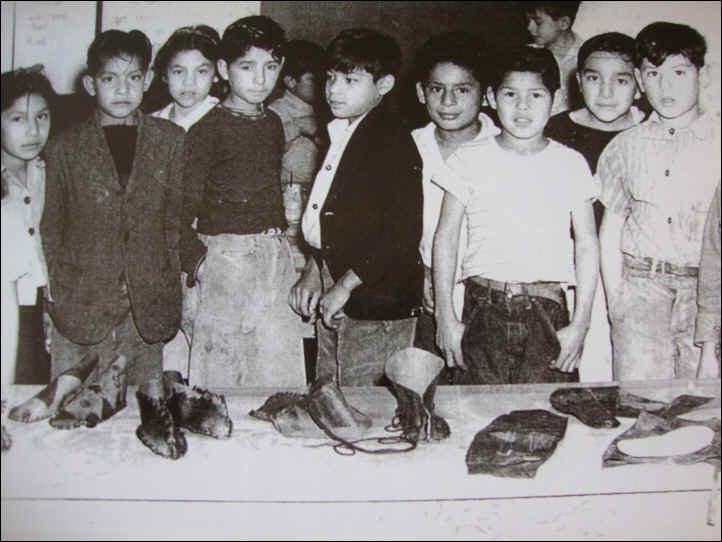
Manual
Arts Handiwork of Logan Mexican School Santa Ana CA ca. 1940s
Schools
used intelligence tests (IQs) to sort (track) the children. Students
scoring high were placed in challenging academic or college preparatory
classes. Those scoring lower were put in the average or below average
tracks. The lot of the average and below average students was to be
assigned vocational education classes to learn the value of hard work,
the moral values of the dominant society, and discipline (Oakes, pp.
30-31).
While
educators in the east coast devised a diversified curricula to meet the
perceived schooling needs of the millions of immigrants from eastern and
southern Europe, 1890s-1920s (Oakes, pp 15-35), educators in the
Southwest applied similar ideas and structures for students of Mexican
heritage (González, pp 87-88).
Gonzáles
(1999) states that at the turn of the century White middle class
educators adhered to false beliefs of social Darwinism, the driving
force behind the creation of differentiated curricula (pp 36-38).
They held that
Children of various social classes, those from
native-born and long-established families and those of recent
immigrants, differed greatly in fundamental ways. Children of the
affluent were considered by school people to be abstract thinkers, head
minded, and oriented toward literary. Those of the lower classes and the
newly immigrated were considered laggards, ne’er-do-wells, hand
minded, and socially inefficient, ignorant, prejudiced, and highly
excitable (Oakes, p. 35).
In
The Mismeasure of Man (1981),
Gould takes a long look at the business of social scientists including
the pioneers of IQ tests. In his Introduction, he writes
Science. . . . is a socially embedded activity.
It progresses by hunch, vision, and intuition. . . .Facts are not pure
and unsullied bits of information; culture also influences what we see
and how we see it. Theories, moreover, are not inexorable inductions
from facts. The most creative theories are often imaginative visions
imposed upon facts; the source of imagination is also strongly cultural
(pp. 21-22).
Gould
proposes that a fallacy of intelligence testing is the belief that one
can reify or “convert abstract
concepts into entities”(things). Once the concept of intelligence
is reified, Gould continues, social scientists create procedures to
quantify it, that is, assign it objective numbers.
Then
he states that when intelligence is reduced to a “single entity” and its location is found in the brain, and a “number
[is found] “for each individual,” the numbers are then used to
rank people “in a single series of worthiness, invariably to find that
oppressed and disadvantaged groups—races, classes, or sexes—are
innately inferior and deserve their status” (pp 24-25). There
is much history behind intelligence testing to merit dissertations.
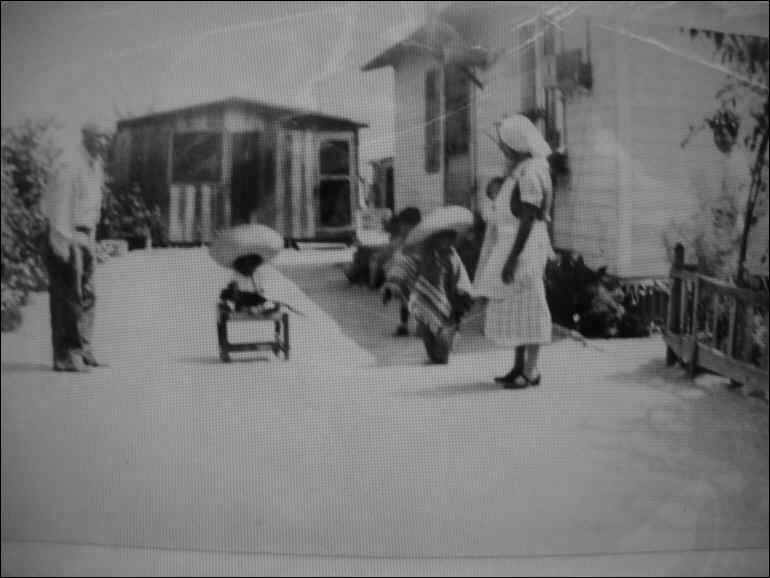
Kids
Dressed as Charros (Cowboys) in a Mexican Home off Olive St Wsmtr Barrio
ca. 1940s
Dr Jane Mercer of the University of California, Riverside
published a study in 1973 that showed how Mexican American children were
overrepresented in classes for the mildly mentally retarded (EMRs) (Rueda,
p. 256, in Valencia, 1991, p. 255). Her data showed that whereas Mexican
children constituted “9.5% of the population in the small California community which she
studied, they comprised 32% of those labeled and placed in classes for
the mentally retarded” (Rueda, p. 256).
I
return to the early part of this story, to the 2007 gathering of the
Cypress Barrio Reunion in Orange, and to the reaction of the young lady
who attended UCLA where she learned about the segregation of Mexicans in
Southern California.
As
she reflected on this seldom told history of segregation of Mexicans in
Southern California, she saw a positive side when she said, But the more I learned about it, I discovered it
was a way of life back then. It
helped preserve our culture and keep our community close..
Undoubtedly
so. Life “back then” had
its light and dark shadows of light. But no matter how one looks back at
it, segregation oppressed Mexican Americans economically, socially,
culturally, linguistically, psychologically, and spiritually and was not
good for White society either.
By
the time I came of age, 1940s-1960s, relations with Anglo Americans had
turned for the better with respect to jobs, housing, recreation, and
education. I am most grateful for all life’s propitious opportunities
that have come my way [including getting to know Alice Vidaurri Anaya, la
Pistolera de Bakersfield
as an acquaintance called her]!
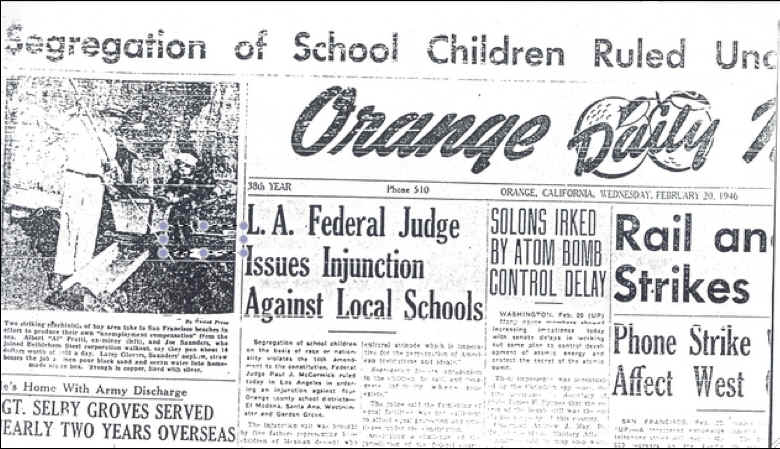
Orange
Daily News
Orange CA Feb 20 1946 “Segregation of School Children Ruled
Unconstitutional”
Courtesy
Christopher James Arriola
By
being curious and questioning critically, eventually one gets to know
more about the long winding roads taken by 100,000s of Mexican American
men and women (who at the turn of the 20th century emigrated
from Mexico into California for a better life). One question inevitably
leads to more. The UCLA student might look deeper into
“I discovered it was a way of life back then. It helped preserve our
culture and keep our community close.”
To
the UCLA student and others, I recommend these books and topics that
follow. They might start by reading North
from Mexico (McWilliams); The
Mexican Americans: An Awakening Minority (Servín); Latinos
United (Trueba); Unwanted
Mexican Americans in the Great Depression (Hoffman); East Los Angeles: History of a Barrio (Romo); Man’s Search for Meaning (Frankl); Chicano Education in the Era of Segregation (González); The
Mismeasure of Man (Gould); The
Chicano (Hundley). . .
Pacific Electric
Interurban Trolley (Big Red Car) Strike of 1903 in Los Angeles led by docile Mexicans
Mexican workers
waged many agricultural strikes throughout California, 1900s-1930s
1935 & 1936 Citrus Strikes in Orange County by Mexican Americans
Mexican families
following the crop into Utah, Washington, Oregon, Wyoming, Nebraska,
Kansas, Minnesota, Chicago, Indiana, and Pennsylvania in the 1900s
Mexican students who dropped out of school because they were over
age
Cooperative efforts
of Anglos and Mexicans who contributed to the ultimate success of the Méndez
case (and other civil rights lawsuits)
Underrepresentation
to this day of Mexicans in business and the professions, and holding
advanced degrees
Untold numbers of
persons of Mexican heritage who lament they were forced to drop out of
school by because their father’s wages were too low. . .
Forced deportation
“repatriation” of 500,000 – 600,000 Mexicans from Southern
California and the Midwest to Mexico, 1929-1939
The continued school
segregation of Mexican students through tracking: High Honors, Honors. .
.
How Angel Varela Sr
came out of the Westminster barrio, attended integrated public schools
in Huntington Beach, started a small business that grew to become Ace
Tube Bending Company in Aliso Viejo, CA, a supplier of precision
machined parts for Boeing, Northrup Grumman, Honeywell, Lockheed Martin,
and other major corporations.

Ace
Tube Bending Corporation / Angel Varela / Aliso Viejo / 2011
Somewhere
in G J Rentier’s work , History: Its Purpose and Method, I came
across statements about the value of history. Here are some.
History is not simply about learning facts.
History is a form of memory, and memory is a foundation of
self-identity.
A people who do not know their history do not
know themselves. They are a people doomed to repeat the mistakes of
their past because they cannot see what the present – which always
flowers out of the past--requires of them.
There is a practical past . . . from which the
present has grown, which has been influenced in deciding the present and
future fortunes of man.
The historian knows the past by re-enacting it
in his own mind. This is done by thinking the thoughts of men who lived
in the past.
[I]ndifference to our Christian past contributes
to indifference about defending our values and institutions in the
present (ZENIT, January 2011).
And
from Viktor E Frankl: we had to
teach the despairing men, that it did not really matter what we expected
from life, but rather what life expected from us, p. 98.
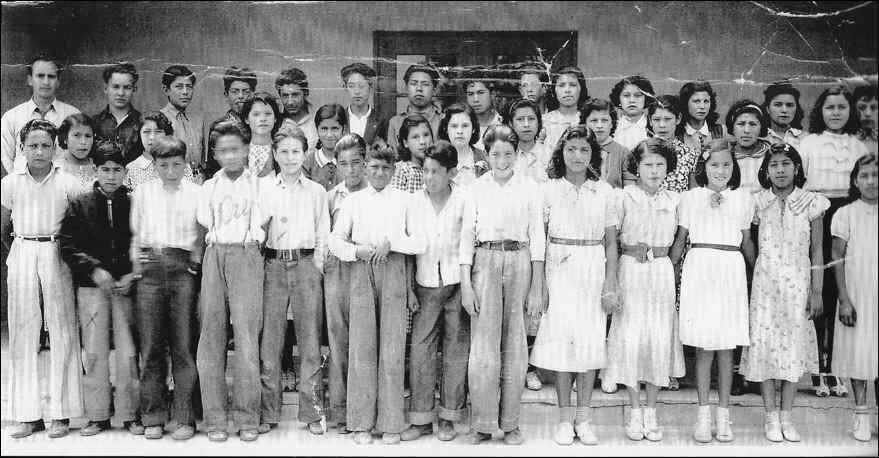
Hoover
School ca 1938
Combination Class Grades 5, 6, 7 & 8
Mr
Miceli Teacher/Principal, Upper Grades
Bottom
L-R: Daniel Limas, Andrew Rivera, Jessie Limas, Ralph Cervantes, Manuel
Rivera, Peter Jackson,
Ignacio “Glida” Medina, Adán Méndez, Raymunda Poyorena,
Dolores Vela, Annie Varela, Julia Rivera, Angelina
Pérez?
Middle:
Julia Vela, Mini Díaz, Aurelia González, Lola Palomino Rivera, Irene Pérez,
Virginia López, Lola Rivera,
Jenny Palomino, Benigna “Bennie” Medina, Rosina Mendoza
Top:
Mr. Miceli, Titino Castillo(?), Julio Méndez, Francisco “Kiko”
Felix, Joe Arganda, Lalo Cruz, Victor Ramírez, Raymond Bermúdez,
Alesio Méndez, Ofelia Poyorena, Vangie Díaz, Mary Vega, Evelyn Peña,
Pauline Rivera, Anita Hernández
The
foregoing quotes bring to mind the courage of humble bilingual and
bicultural Mexican American parents of the Westminster barrio. While
they held meetings and sat around neighbors’ kitchen tables to discuss
how to eliminate the social scars of school segregation, other meetings
were taking place in the El Modena barrio and the Santa Ana barrios of
Delhi, Logan and Artesia.

El Paso Times Jan 03, 1911
The Westminster Board of Education Meeting, September 19, 1944. Six months before the five Mexican plaintiff
families filed their class action lawsuit, representatives from the
Latin American League of Voters (LALV) spoke on behalf of barrio
families at the September 19, 1944 meeting of the Westminster Board of
Education. LALV members present were Messrs. Cruz Barrios, Manuel Vega
Jr and Hector Tarango, all middle class residents of nearby Santa Ana.
Gonzalo
Méndez recalled that meeting in his testimony of July 9, 1945.
I asked Mr [Richard] Harris [Superintendent],
that we were sent from our group that we had formed, and that me, and
Mrs. [Frank] Vidaurri, and Mr. and Mrs. [Dolores] Peña were chosen as
representatives or delegates to go and interview the School Board of
Education, and that our meeting had decided to ask Mr. [Cruz] Barrios
and Mr [Manuel] Vega to come and be present at the School Board of
Education from Santa Ana.
The first one to talk was Mr. Barrios. He
thought that it would be a very good idea to have the schools united,
that that would create a better democratic way of living among those
districts, as being segregated up to that certain extent. . .
And I think that Mr. Houlihan [Board President]
was the one who answered Mr. Barrios, and he said he was very much in
sympathy with the way he thought; that he thought it was a very nice or
good way to get at it.
And Mr. Vega talked after that, and he told Mr.
Richard Harris that he thought that the Mexican people were not, as in
other words, he put it as he named it, as dumb as lots of people thought
they were. He said, “In fact, I have very many friends that I went to
high school with who outsmarted the Anglo-Saxon races…”
. . . .So Mr Richard Harris said that he knew
some persons or some young boy, too, that he could – that he knew him
very well, that was a very smart Mexican boy, and that he thought that
Mr. Vega was right in that way. And Mr. Conrady [Board Secretary] did
not have much to say on that meeting. He favored all of the Mexican
children and the Americans should be united (Transcript in de la Torre
Aguirre, 2009, pp. 250-51).

Spanish Speaking Newspaper Published Weekly by Ignacio L. López,
Pomona
El Caso De Segregación
En Orange County Toma Proporciones Nacionales /
The Segregation Case in Orange County Takes on National
Proportions December 15, 1946
At the Board of
Education meeting of September 19, 1944, the parents submitted petition
in a letter addressed to the Clerk (Board Secretary), Louis Conrady.
Thirty-seven (37) Westminster Mexican parents signed their signatures.
Here is the text of the letter (author’s bold italics).
Sept.
8, 1944
Dear
Sir:
We, the undersigned, parents, of whom about one-half are American
born, respectfully call to your attention to the fact that of the segregation
of American children of Mexican descent is being made at Westminster,
in that the American children of non-Mexican descent are made to attend
Westminster Grammar School on W. Seventeenth Street at Westminster, and
the American children of Mexican extraction are made to attend Hoover
School on Olive Street and Maple Street. Children from one district are
made to attend the school in the other district and
[W]e believe this
situation is not conducive to the best interests of the children nor
friendliness either among the children or their parents involved, nor
the eventual thorough Americanization of our children. It would
appear that there
is racial discrimination and we
do not believe there is any necessity for it
and would respectfully request that you make an investigation of this
matter and bring about an adjustment, doing
away with the segregation above referred to. Some of our
children are soldiers in the war, all
are American born and it does
not appear fair nor just that our children should be segregated as a
class.
Respectfully submitted,
Mr
Mrs. Gonzalo Mendez
Ernesto Peña
Mr
& Mrs Rufus Bermudez
Irineo Hernandez
Mr
& Mrs Juan B Bermudez
Mr & Mrs Perez
Mr
& Mrs Saturnino B Bermudez
Mrs Angelina Banuelos
Felix
Bermudez
Mr & Mrs Saucedo
Mr
Camilo Bermudez
Mr & Mrs Jose Rosales
Pablo
de la Cruz
Mr & Mrs Trinidad Vega
Guadalupe
Arganda
Augustin C Ledesma
Mr
& Mrs Vidaurri
Mr & Mrs Paul S. Cruz
Mr
& Mrs Estrada
Ralph Díaz
Juan
Reyna
Roy e Mendez
Reyes
C Ponce
Connie M. Acosta
Dolores
Mendez
Elvira Zapata
Thirty years after Judge McCormick ruled against the defendant
school districts, the Santa Ana
Register printed the article, “Murder Obscured 1946 OC Integration
Landmark.” The reporter asked the well- known OC historian, Jim
Sleeper, about the case. The reporter notes that Jim was a Santa Ana
High School student in ’46 and didn’t “remember a thing about
it.”
The staff writer, Stan Oftelie, reports Sleeper’s observations:
It
wasn’t a very big thing here. It had a bigger impact nationally. There
was no conspiracy to shush it up. It was just overshadowed. I don’t
believe there really was much interest in it. This was pretty much a
white spot. There were about a dozen or so Mexicans at the high school
and one or two Negroes.
He also recalled that there was no segregation at the Santa Ana
High; that there wasn’t much prejudice in the area (Santa Ana Register, August 22, 1946, pp. A1, A12).
The Mexican Parents Sentiments Reflected in McCormick’s 1946
Ruling. You can almost feel the sentiments of the parents (and their
attorney) echoed by Judge John McCormick when he found in favor of the
petitioners in his “Conclusions of the Court” (filed February 18,
1946).
Parents
. . .segregation of American children of Mexican descent is being made
at Westminster
. . .and [W]e believe this situation is not conducive to the best interests of the children
. . .nor friendliness either among the children or their parents
involved
. . .nor the eventual thorough Americanization of our children.
. .there is racial discrimination.
. .we do not believe there is
any necessity for it
McCormick
. . .“The equal protection of the laws”
pertaining to the public school system in California is not provided by
furnishing in separate schools the same technical facilities, text books
and courses of instruction to children of Mexican ancestry that are
available to the other public school children regardless of their
ancestry.
A paramount requisite in the American system of public education
is social equality. It must be open to all children by unified school
association regardless of lineage.
The evidence clearly shows that Spanish-speaking children are
retarded in learning English by lack of exposure to its use because of
segregation, and that commingling of the entire student body instills
and develops a common cultural attitude among the school children which
is imperative for the perpetuation of American institutions and ideals.
It is also
established by the record that the methods of segregation prevalent in
the defendant school districts foster antagonisms in the children and
suggest inferiority among them where none exists.
The record before us
shows a paradoxical situation concerning the segregation attitude of the
school authorities in the Westminster School District. There are two
elementary schools in this undivided area. Instruction is given pupils
in each school from kindergarten to the 8th grade, inclusive.
Westminster has 642
pupils, of which 628 are so-called English-speaking children, and 14
so-called Spanish-speaking pupils. The Hoover School is attended solely
by 152 children of Mexican descent.
Segregation of these
from the rest of the school population precipitated such vigorous
protests by residents of the district that the school board in January,
1944, recognizing the discriminatory results of segregation, resolved to
unite the two schools and thus abolish the objectionable practices which
had been operative in the district for a considerable period [since
1929].
A bond issue was
submitted to the electors to raise funds to defray the cost of
contemplated expenditures in the school consolidation. The bonds were
not voted and the record before us in this action reflects no execution
or carrying out of the official action of the board of trustees taken on
or about the 16th of January, 1944.
It thus appears that
there has been no abolishment of the traditional segregation practices
in this district pertaining to pupils of Mexican ancestry through the
gamut of elementary life. We have adverted to the unfair consequences of
such practices in the similarly situated El Modeno School District (BACM
Research, CD-ROM, 2009, pp 12-13).
Parents.
. .
and it does not appear
fair nor just that our children should be segregated as a class\
McCormick
The common segregation attitudes
and practices of the school authorities in the defendant school
districts in Orange County pertain solely to children of Mexican
ancestry and parentage. They are singled out as a class for segregation.
Not only is such method of public school administration contrary to the
general requirements of the school laws of the State, but we think it
indicates an official school policy that is antagonistic policy in
principle to Sections 16004 and 16005 of the Education Code of the
State.
It is now, in
conformity with the findings of fact and conclusions, ordered, adjudged
and decreed: That this action by plaintiffs is a representative class
action on behalf of themselves and of all persons of Latin and Mexican
descent and that the action has been properly brought as such class
action pursuant to law (“Judgment and Injunction,” March 21, 1946,
p. 2).
Parents.
. .
bring about an adjustment,
doing away with the segregation
McCormick
We conclude by holding that the allegations of the complaint (Petition)
have been established sufficiently to justify injunctive relief against
all defendants, restraining further discriminatory practices against the
pupils of Mexican descent in the public schools of defendant school
districts (“Judgment and Injunction,” March 21, 1946, pp
2-3).
And
it is further ordered, adjudged and decreed that the defendants and each
of them are hereby permanently restrained and enjoined from segregating
persons and pupils in the elementary schools of the defendant school
districts, respectively, of Latin or Mexican descent in separate schools
within the respective school districts of the defendants and each of
them within the City of Santa Ana, California, and elsewhere in the
County of Orange, State of California (“Judgment and Injunction,”
March 21, 1946, pp 2-3).
Marcus’ “Opening Brief,” September 29,
1945. Marcus is poetic
toward the end of his “Opening Brief” when he argues
Of what avail is our theory
of democracy if the principles of equal rights, of equal protection and
equal obligations are not practiced? Of what avail is our good-neighbor
policy if the good neighbor does not permit honest neighborliness? Of
what use are the four freedoms if the freedom is not allowed? Of what
avail are the thousands upon thousands of lives of Mexican-Americans who
sacrificed their all for their country in this great “War of
Freedom” if freedom of education is denied them? Of what avail is our
“education” if the system that propounds it denies the equality of
all?
Finally,
Marcus slams the door on the defendants’ false premises that upheld
their policies of segregation:
The
indelible imprint of mass discrimination of pseudo theories of
intellectual superiority upon the mind and lives of innocent children
decries the principles of democracy, freedom and justice. . . . .Eager
ears North and South of our borders await the result. We cannot fail
them.
Neither
Judge McCormick (1946) nor the enlightened seven Judges of the Ninth
District Court of Appeals in San Francisco (1947) failed the plaintiff
Mexican families in this historic Orange County civil law case.
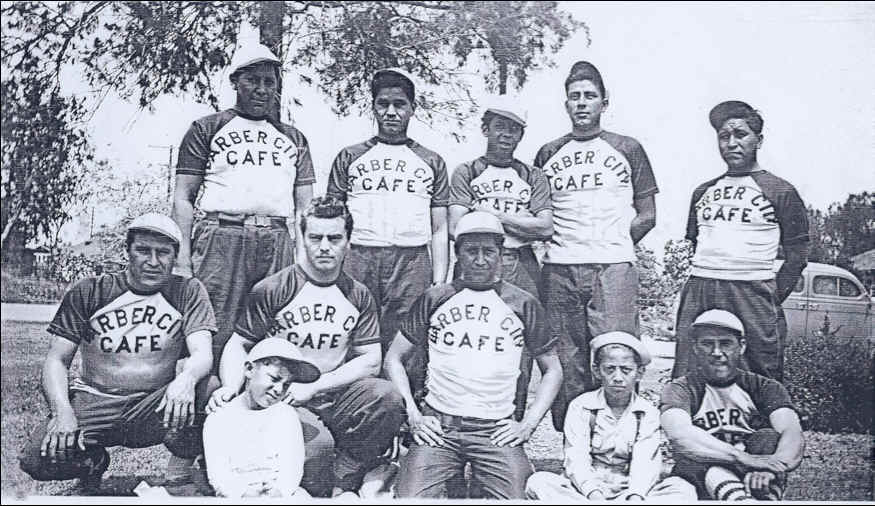
Westminster
Barrio Team WWII Veterans Barber City Community on West Side of Wsmtr
Ca. 1948
TOP
L-R: Joe “Pepe” Rivera; Tony Rivera; Nacho “Glida” Medina; Julio
Méndez; Socorro “Colo” Rivera
BOTTOM:
Jimmy Romero; George Zepeda; Lupe Rivera; Henry “Kiki” Rivera,
Batboy; Rosendo “Chendo/Roy” Vega
FRONT:
George Zepeda Jr(?) Wearing Cap, Batboy
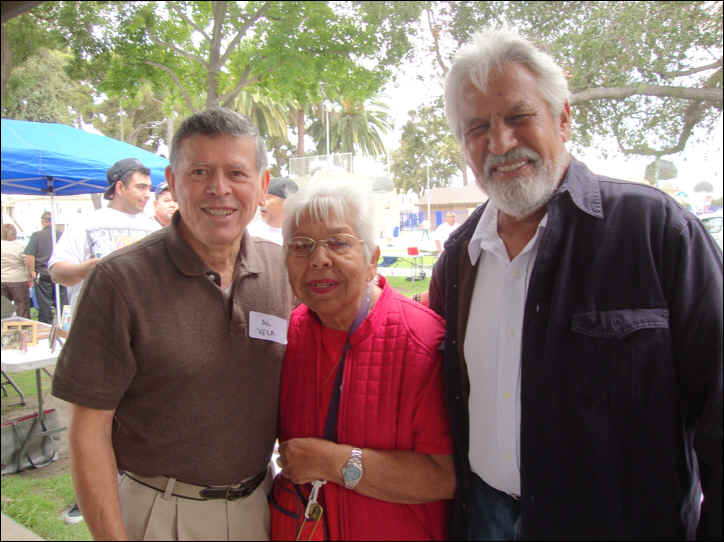
Al
Vela, Pauline Rivera, Gonzalo Méndez Jr Olive Street Reunion Sept 2012
Acknowledgements:
The
author is grateful to his friends and family who contributed to this
story. Among them are my
wife Isabel, Salvador “Chavo” Vela, Julia Vela López, Connie Vela
Goodman, Sal Vela Jr, Frank “Kiko” Mendoza, Angie Hartzler, Tomás
Saenz, Bob Torres, Louie Holguín, Robert Castillo, Socorro “Coco” P
Puebla, Trini Vega, Eddie Espinosa, Stephanie George. . . cristorey@comcast.net
|



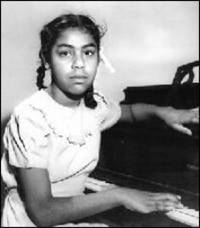
 “I
cried when they gave it to me, and I told him, [the president] this is
for my mother and father. I never could have imagined as a child
battling segregation that I would end up one day meeting the president
and receiving such a tremendous honor,” stated Mendez.
“I
cried when they gave it to me, and I told him, [the president] this is
for my mother and father. I never could have imagined as a child
battling segregation that I would end up one day meeting the president
and receiving such a tremendous honor,” stated Mendez.










 t least 142 U.S. Catholic bishops, representing almost
80% of America’s dioceses, have strongly denounced the religious
persecution expressed in the rules promulgated January 20, 2012 by
Kathleen Sebelius, Secretary of the U.S. Dept. of Health and Human
Services (HSS), in connection with the Patient Protection and
Affordable Care Act, popularly dubbed “Obamacare.” Other major
religious figures like Dr. Albert Mohler quickly followed suit.[1]
t least 142 U.S. Catholic bishops, representing almost
80% of America’s dioceses, have strongly denounced the religious
persecution expressed in the rules promulgated January 20, 2012 by
Kathleen Sebelius, Secretary of the U.S. Dept. of Health and Human
Services (HSS), in connection with the Patient Protection and
Affordable Care Act, popularly dubbed “Obamacare.” Other major
religious figures like Dr. Albert Mohler quickly followed suit.[1]
 Dr.
Mohler, an influential leader in the nation’s largest
Protestant denomination and the wider evangelical movement,
sounded off during his
Dr.
Mohler, an influential leader in the nation’s largest
Protestant denomination and the wider evangelical movement,
sounded off during his 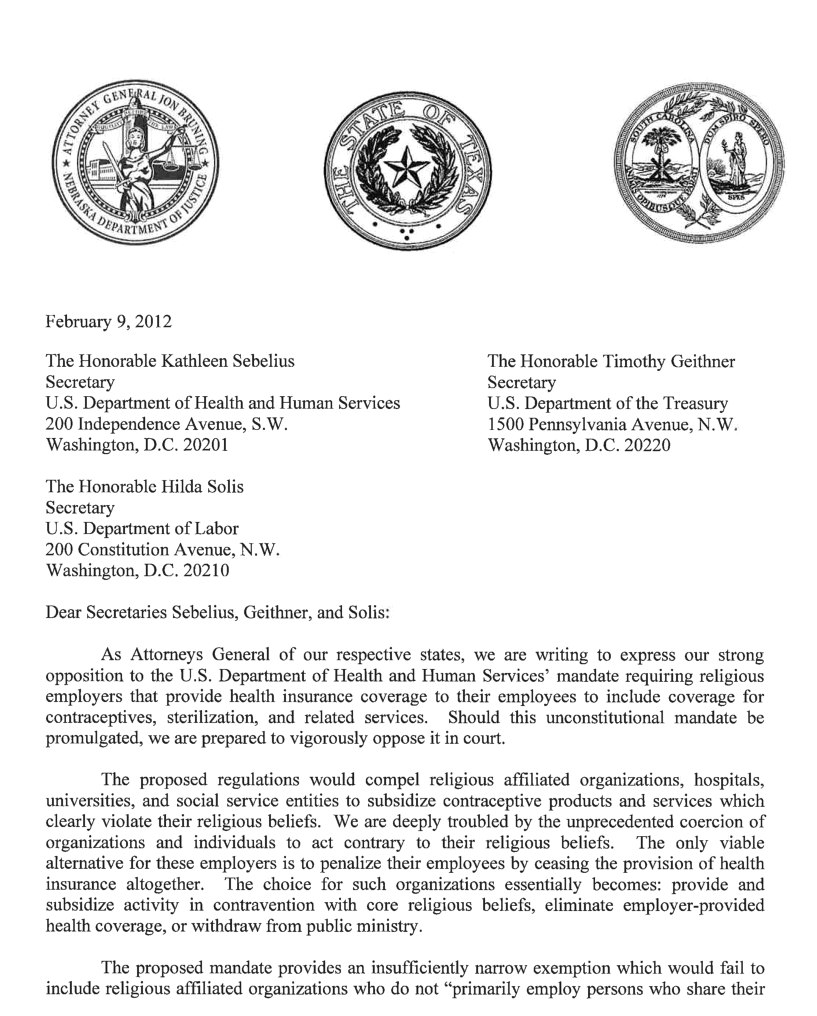
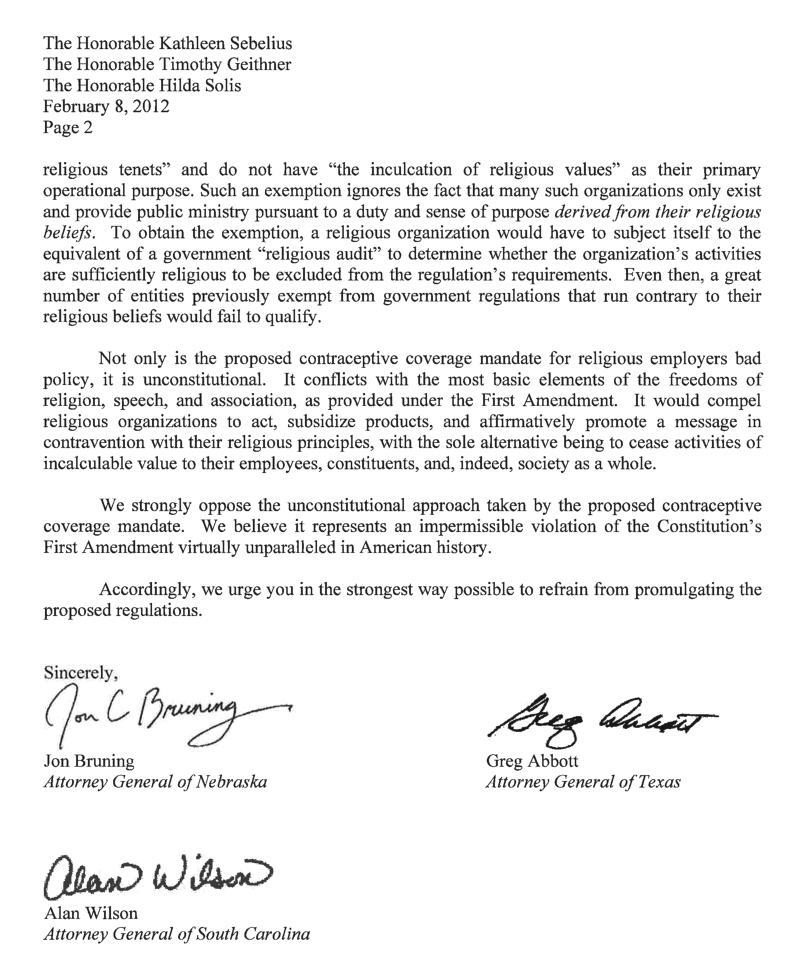



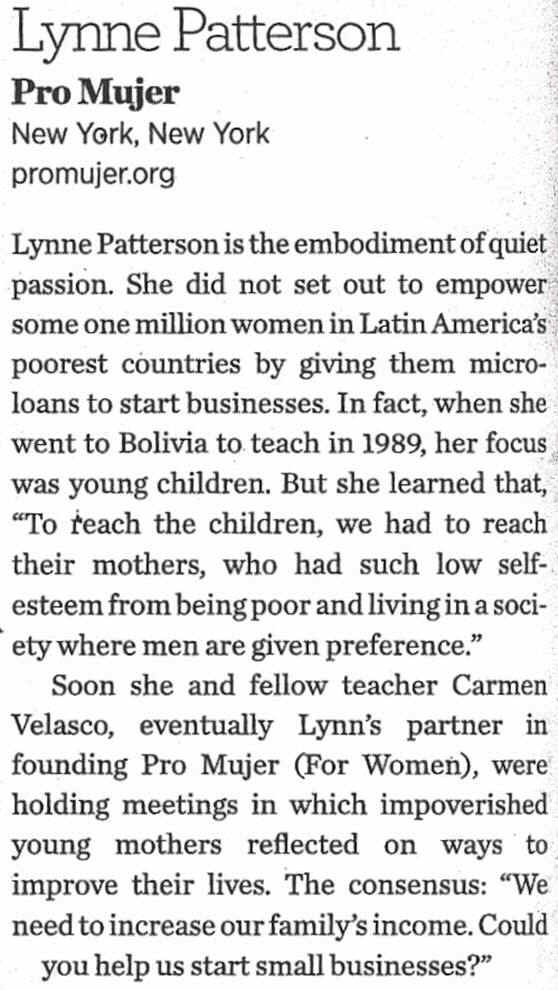
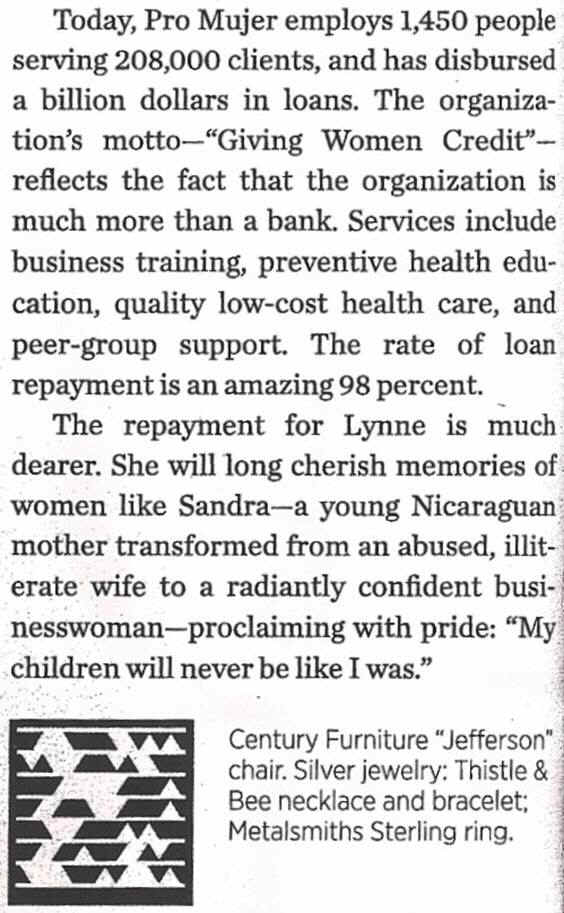

 The study, ”
The study, ”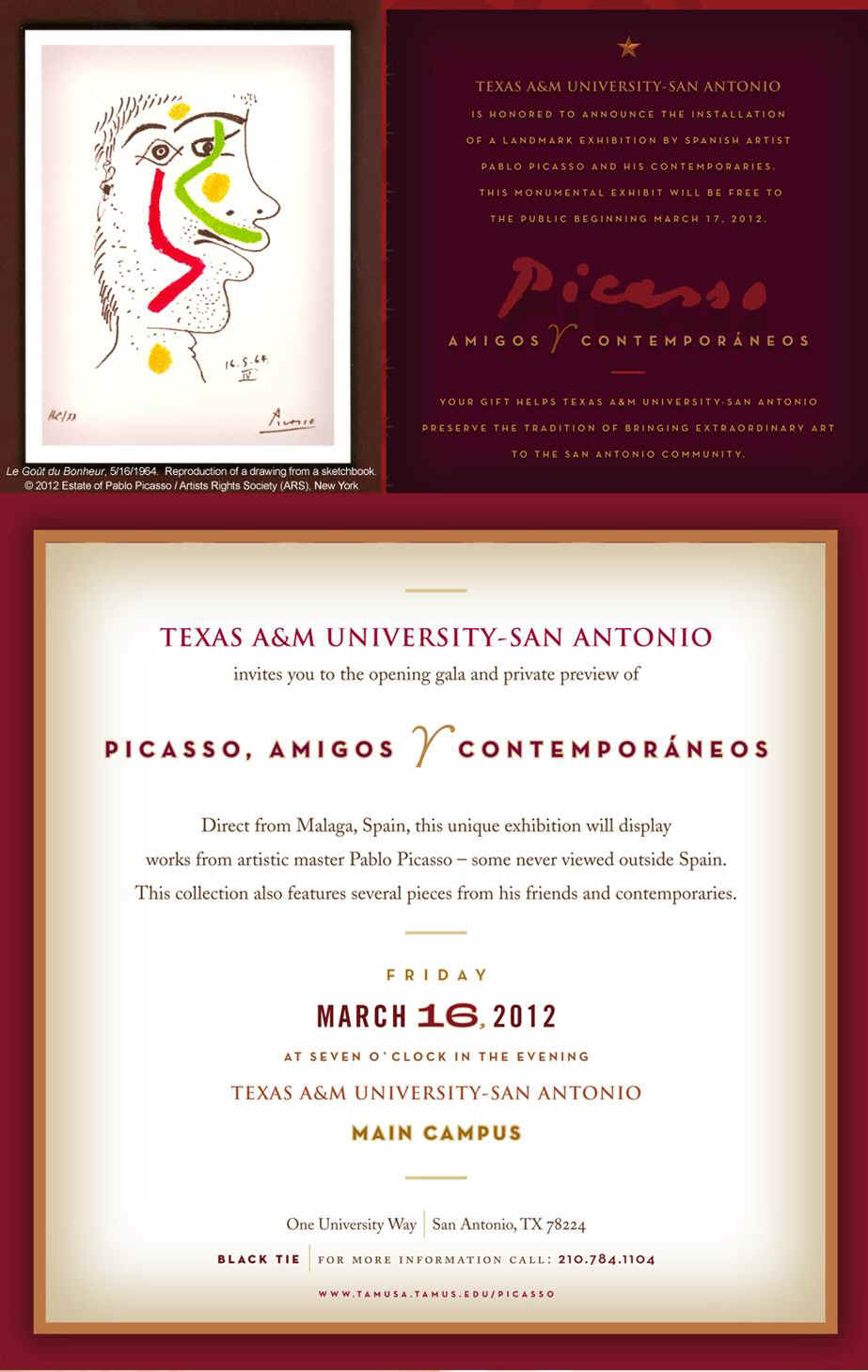


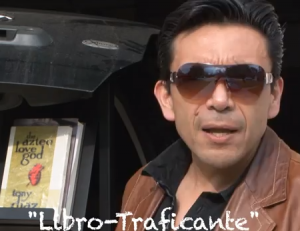
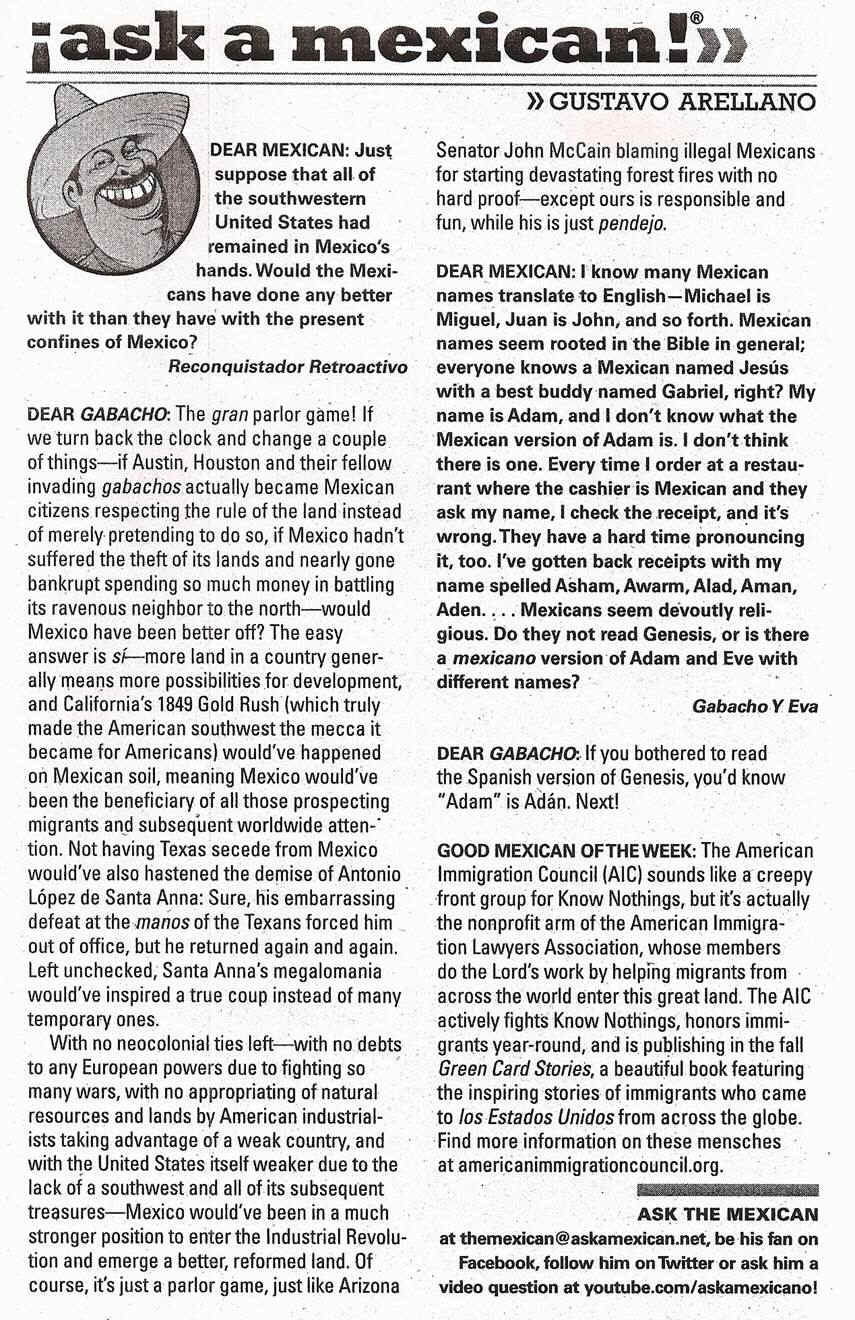
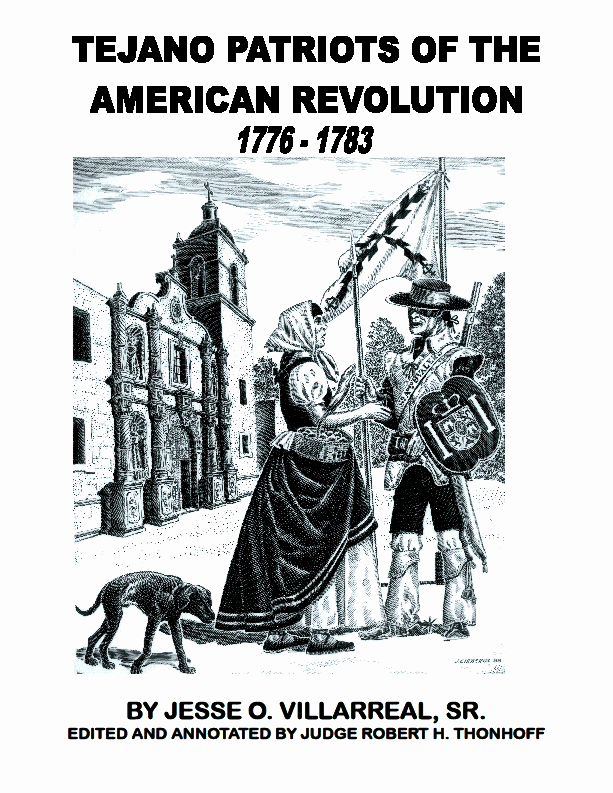
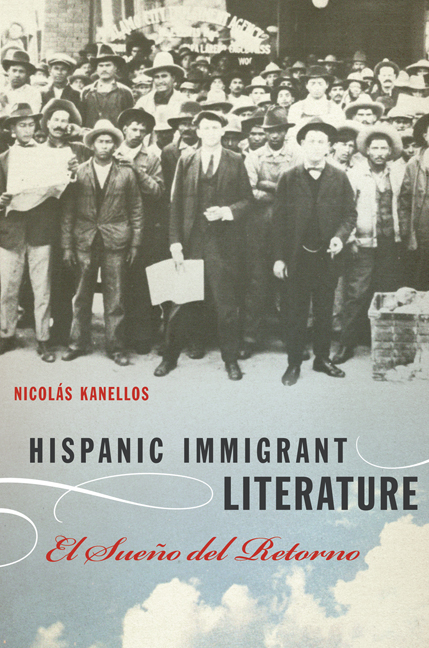

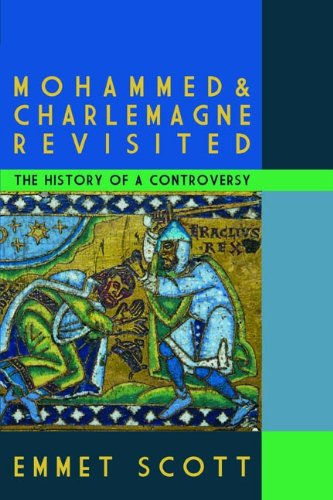
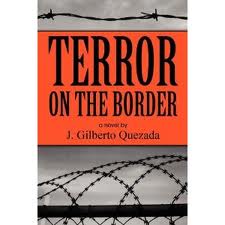

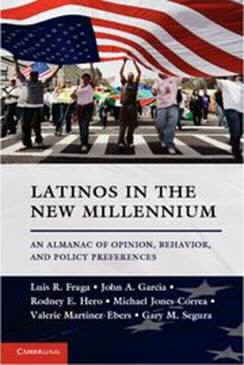
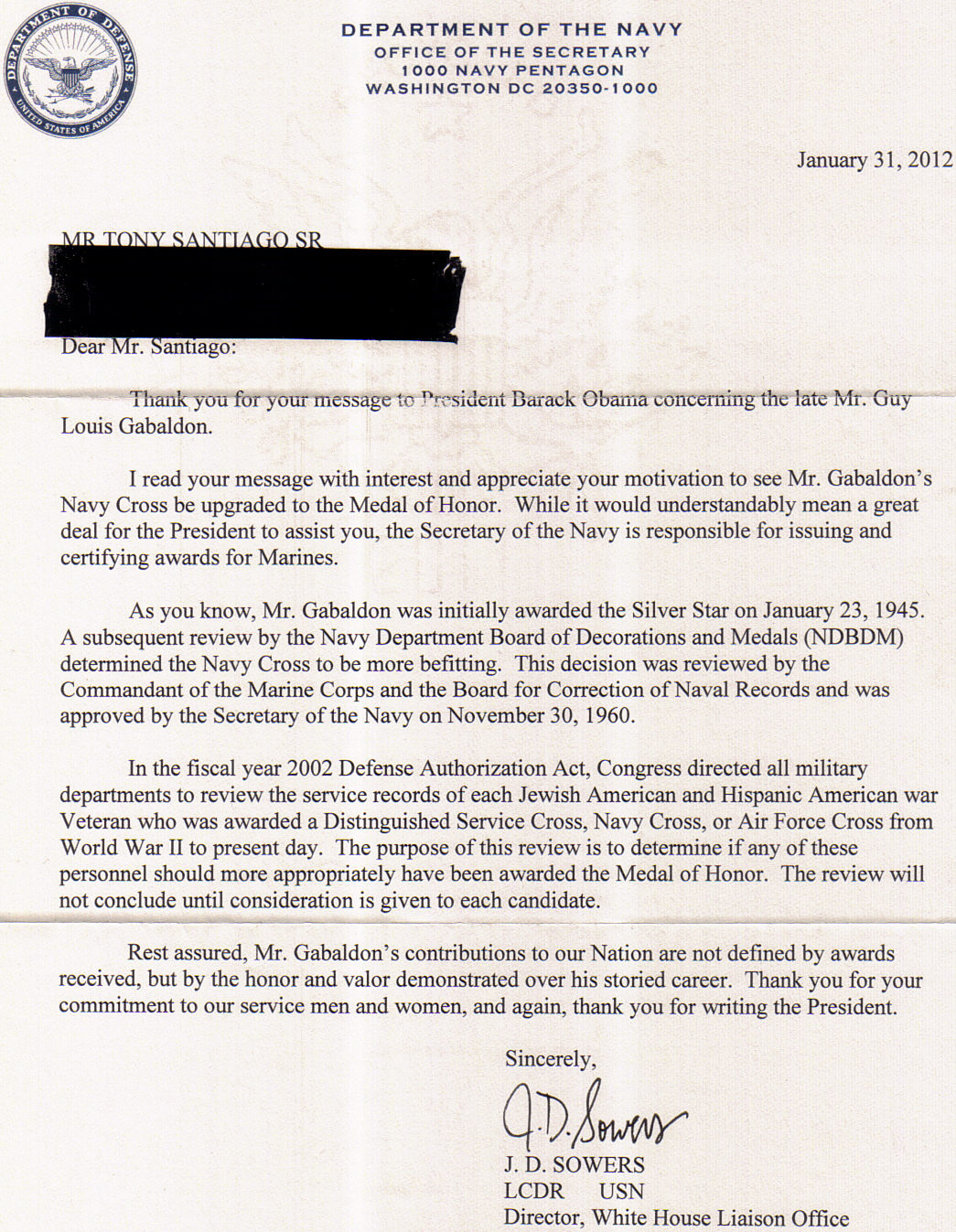
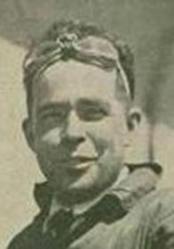


 From breast cancer to secret Jewish rituals, hidden links signify
unlikely kinships in this meditative exploration of the science of
racial connectedness. Wheelwright, a science journalist, tells the
story of Shonnie Medina, a young Hispano woman in Colorado of mixed
Indian and Spanish ancestry who died of breast cancer in 1999. She
carried a genetic mutation, BRCA1.185delAG, with implications both
scary (a high risk of aggressive breast and ovarian cancer) and
intriguing, because geneticists consider the mutation a reliable
marker of Jewish descent. Wheel-wright maps the mutation’s
itinerary from the Babylonian Captivity in the sixth century B.C.E.,
when geneticists believe it first appeared, through the voyage of
conversos—forced converts to Christianity—from Spain to the New
World, where hints of Jewish practices persist among Hispano
Catholics. But Wheelwright also ties Shonnie’s fate to culture and
temperament: the apocalyptic expectations she drew from her
Jehovah’s Witness faith; her vanity and feistiness, which led her
to reject a mastectomy in favor of “alternative” treatments.
(The author’s quiet indictment of New Age medical quackery is
devastating.) Wheelwright pairs a clear exposition of the
controversial sciences of genetic screening and ethnogeography with
a sensitive account of how a modern identity is woven from ancient
physical and spiritual strands. 10 illus. (Jan.)
From breast cancer to secret Jewish rituals, hidden links signify
unlikely kinships in this meditative exploration of the science of
racial connectedness. Wheelwright, a science journalist, tells the
story of Shonnie Medina, a young Hispano woman in Colorado of mixed
Indian and Spanish ancestry who died of breast cancer in 1999. She
carried a genetic mutation, BRCA1.185delAG, with implications both
scary (a high risk of aggressive breast and ovarian cancer) and
intriguing, because geneticists consider the mutation a reliable
marker of Jewish descent. Wheel-wright maps the mutation’s
itinerary from the Babylonian Captivity in the sixth century B.C.E.,
when geneticists believe it first appeared, through the voyage of
conversos—forced converts to Christianity—from Spain to the New
World, where hints of Jewish practices persist among Hispano
Catholics. But Wheelwright also ties Shonnie’s fate to culture and
temperament: the apocalyptic expectations she drew from her
Jehovah’s Witness faith; her vanity and feistiness, which led her
to reject a mastectomy in favor of “alternative” treatments.
(The author’s quiet indictment of New Age medical quackery is
devastating.) Wheelwright pairs a clear exposition of the
controversial sciences of genetic screening and ethnogeography with
a sensitive account of how a modern identity is woven from ancient
physical and spiritual strands. 10 illus. (Jan.)



























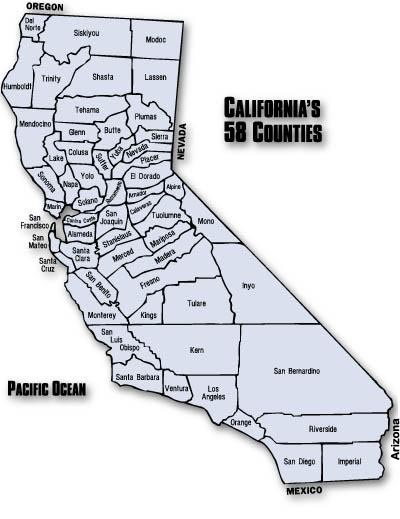
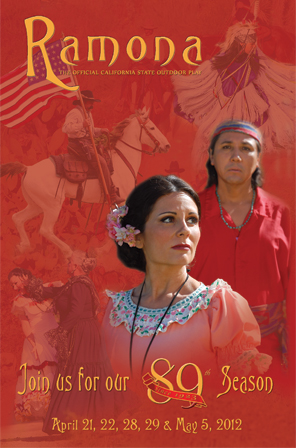

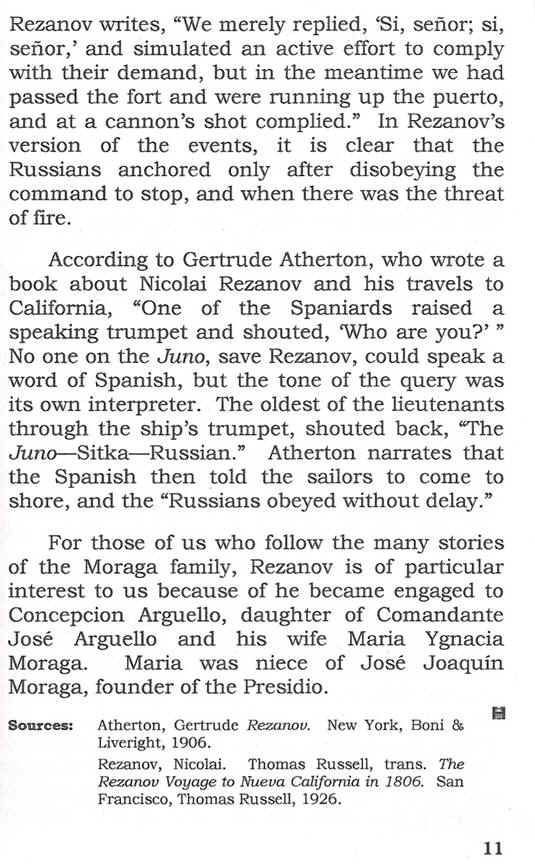
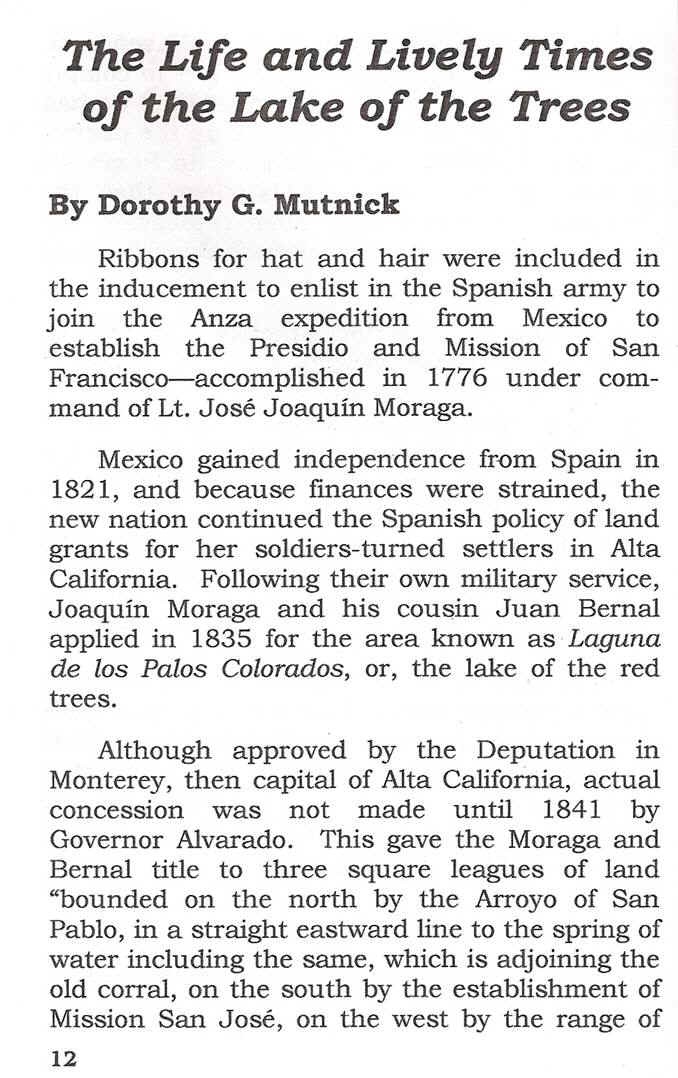
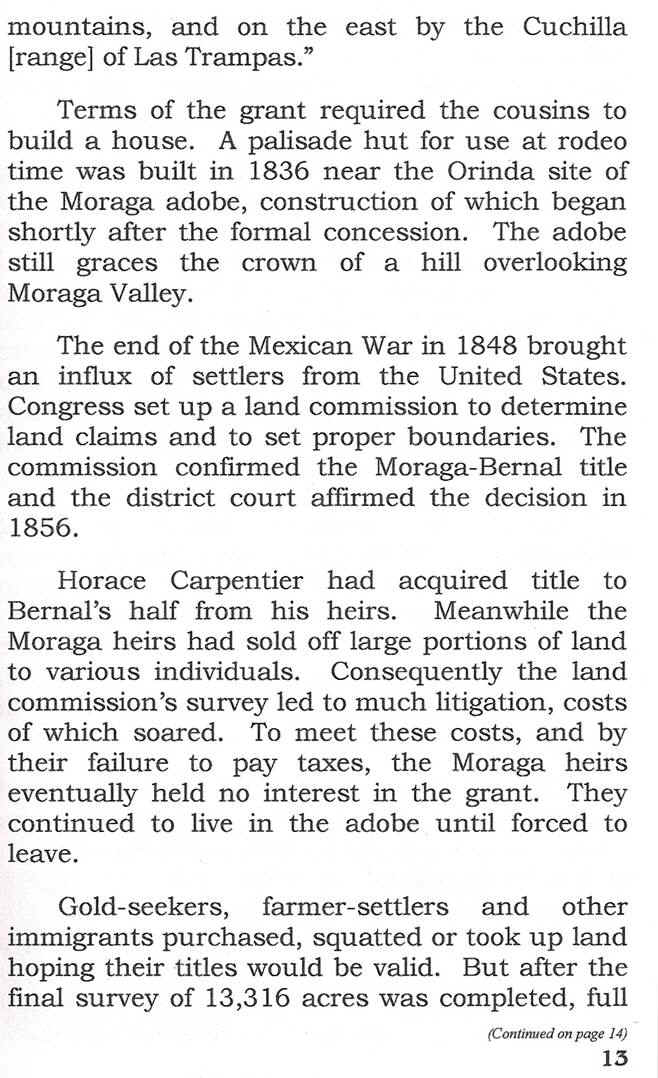
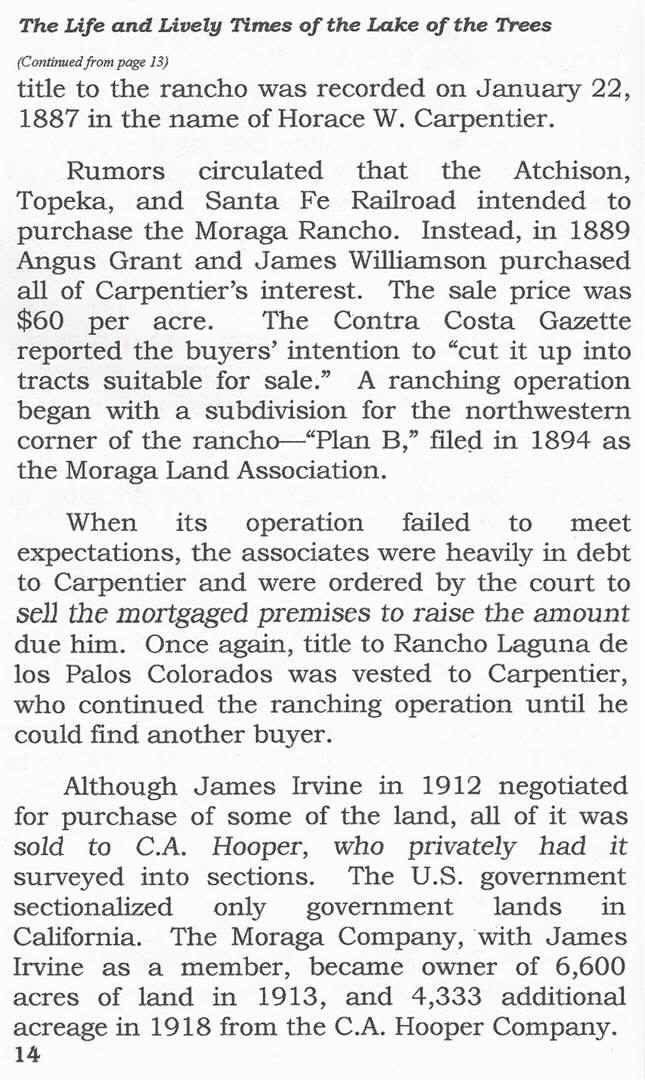
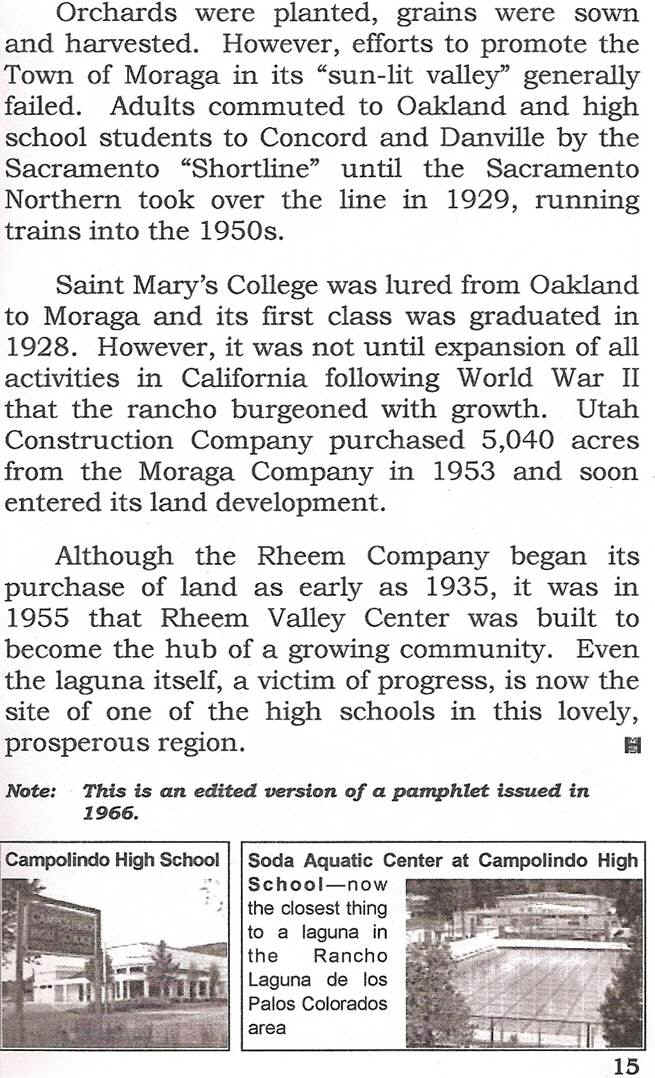

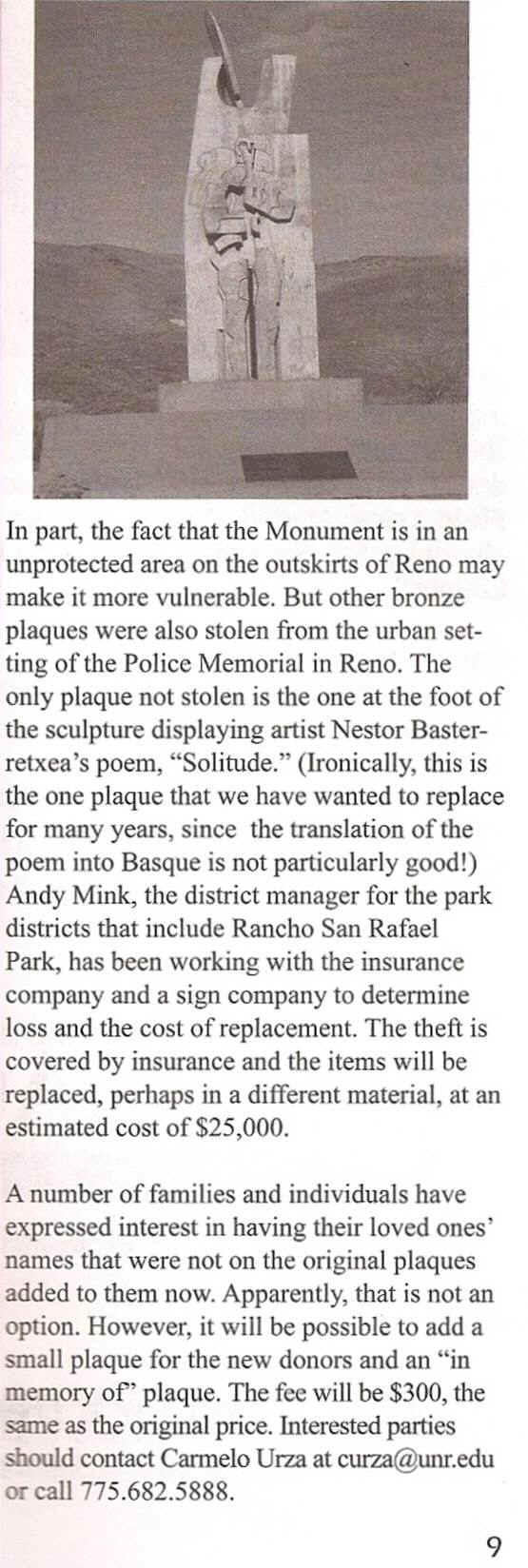


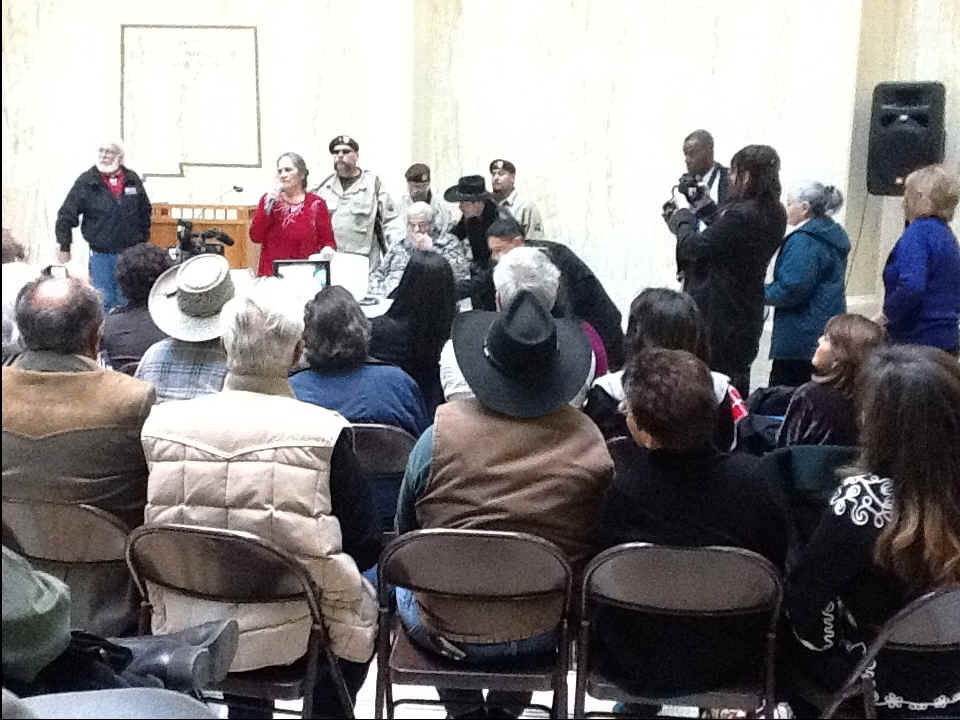
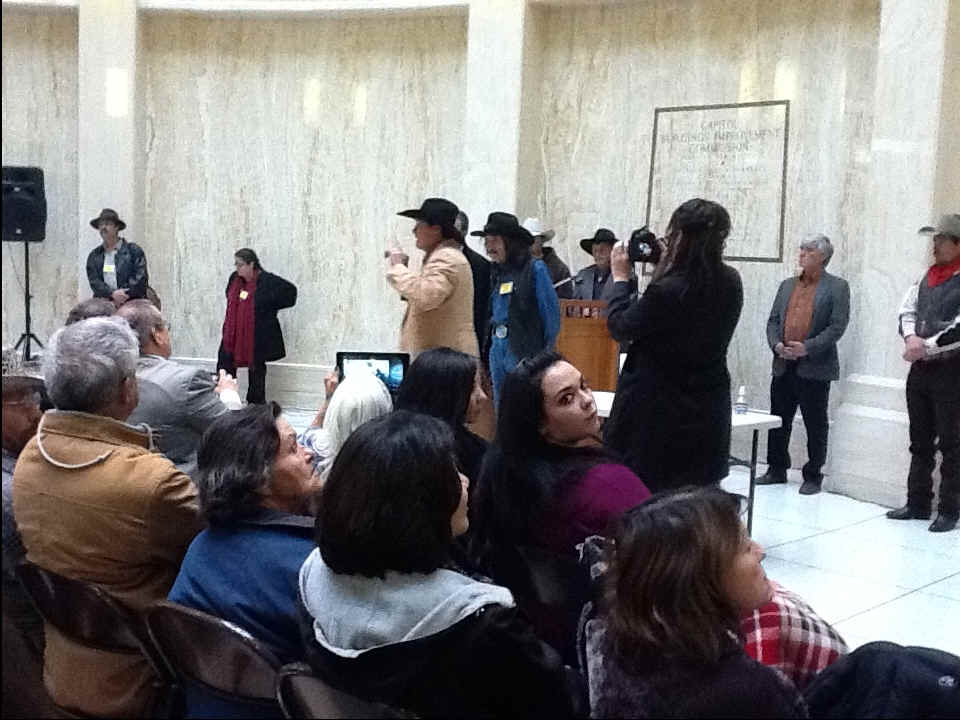
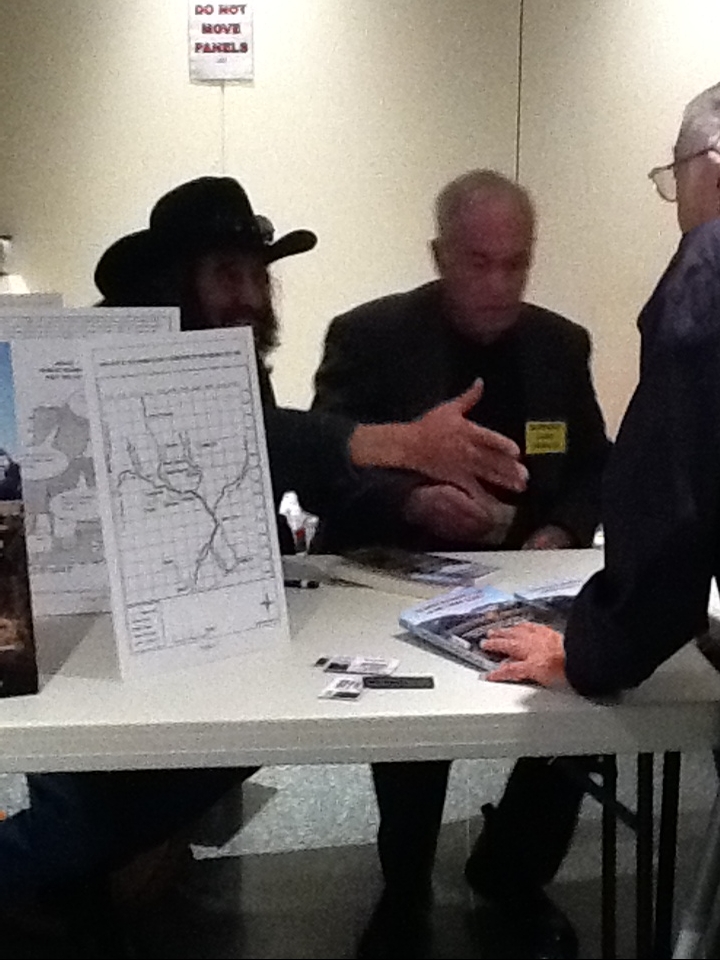
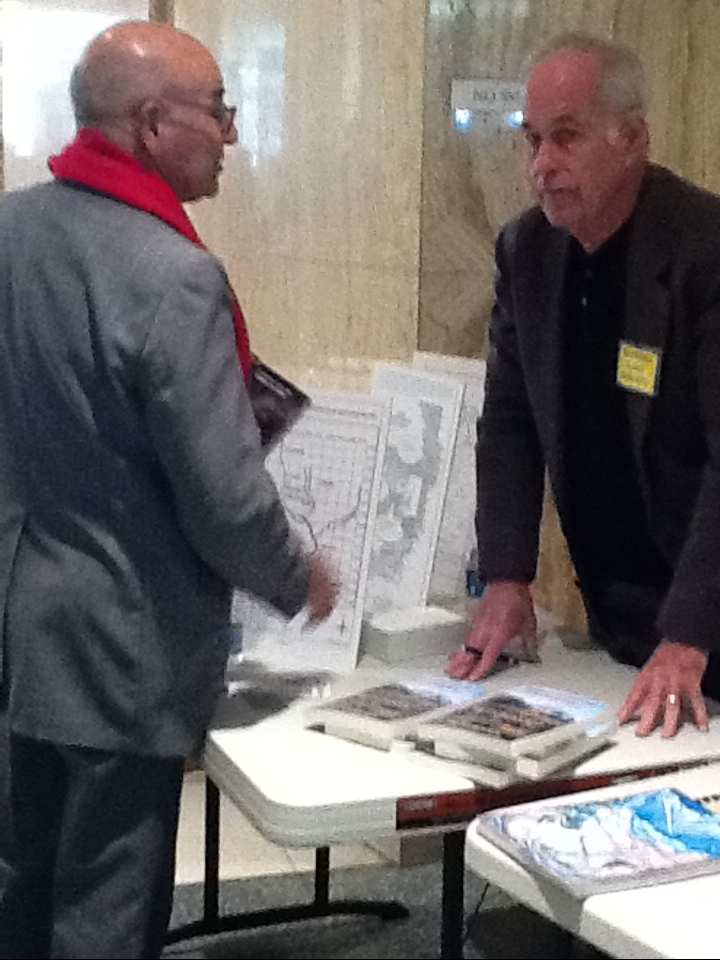
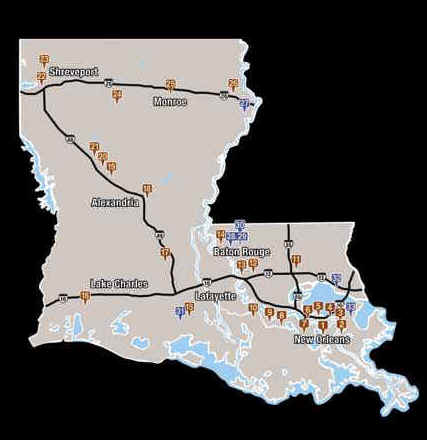
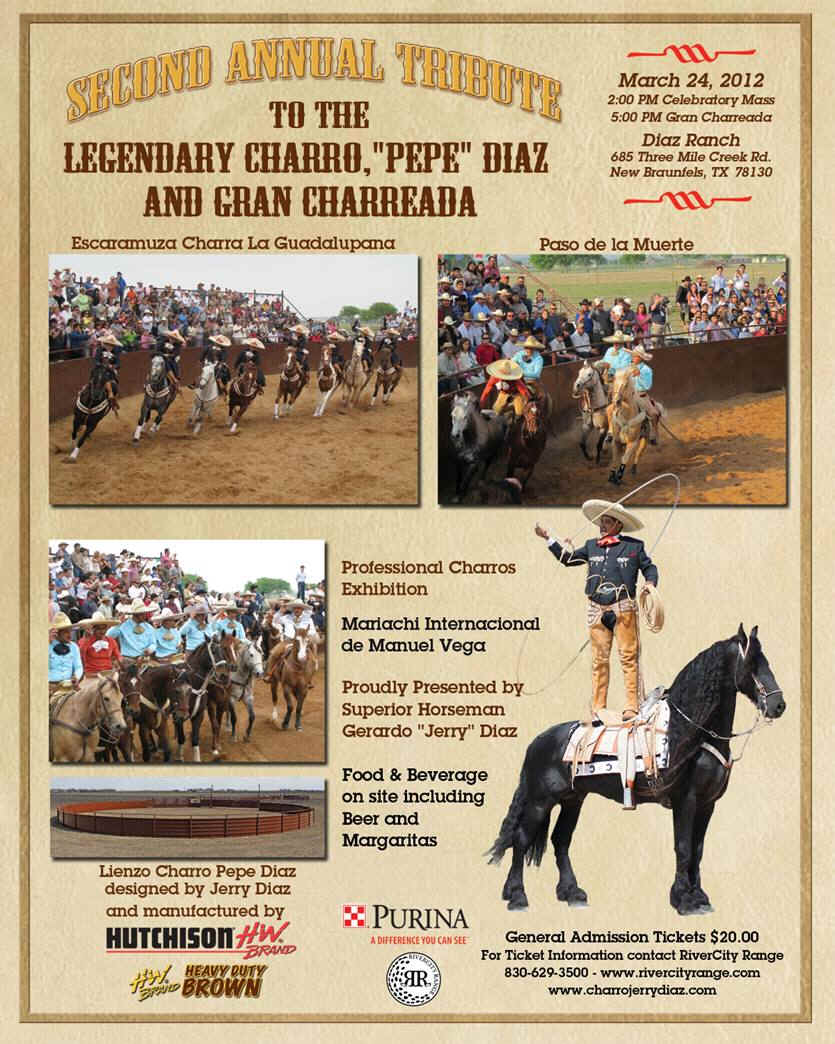
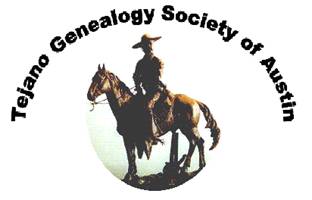

 From
October 2010 to the end of September 2011, Texas received the smallest
amount of rainfall ever recorded over a 12-month period, according to
the National Oceanic and Atmospheric Administration. One estimate
predicts the drought, which has cost the state’s agriculture industry
more than $5 billion, could last until 2020.
From
October 2010 to the end of September 2011, Texas received the smallest
amount of rainfall ever recorded over a 12-month period, according to
the National Oceanic and Atmospheric Administration. One estimate
predicts the drought, which has cost the state’s agriculture industry
more than $5 billion, could last until 2020.
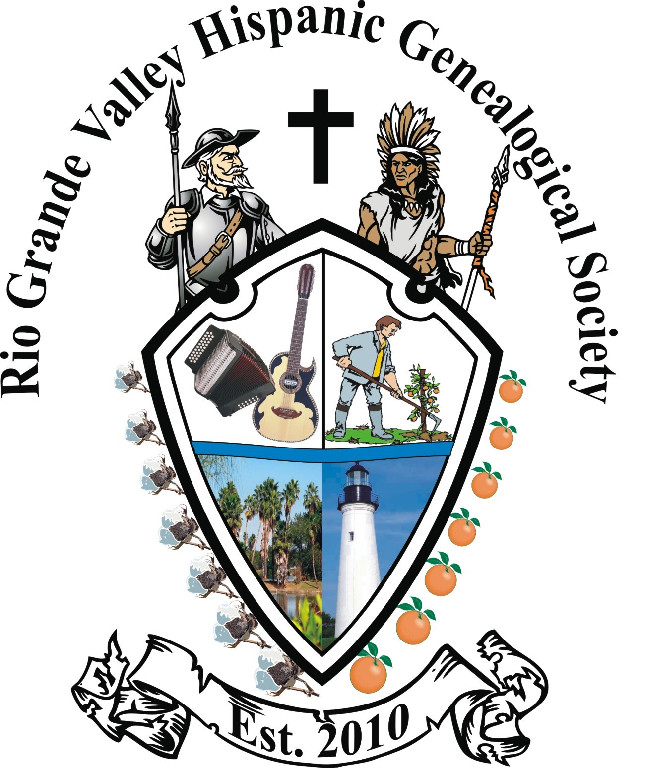
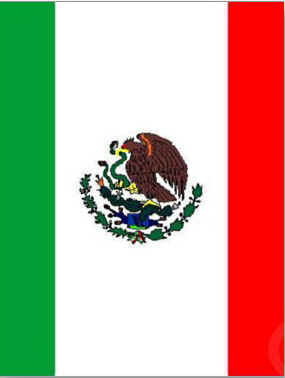

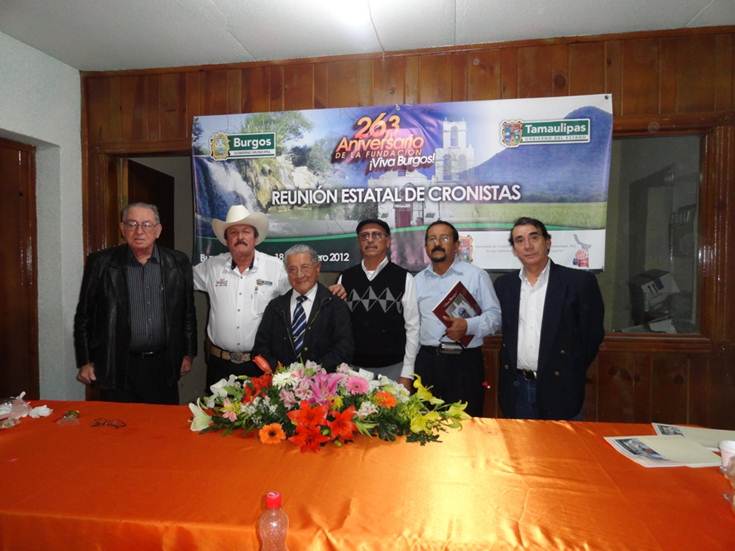
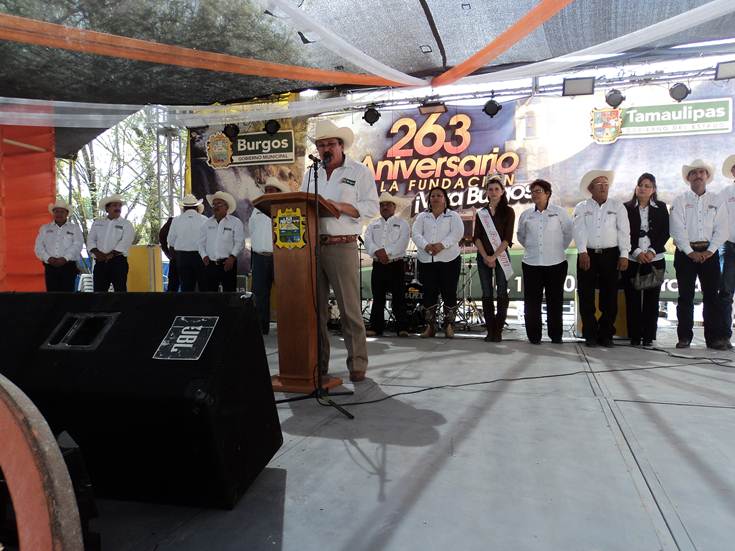
 The
MEXICO Report, a blog dedicated to showcasing positive stories about
Mexico has launched its Real Heroes of Mexico project. The effort will
recognize goodwill efforts taking place in Mexico and those who are
making a difference in their communities. Those nominated for the
awards will be showcased monthly.
The
MEXICO Report, a blog dedicated to showcasing positive stories about
Mexico has launched its Real Heroes of Mexico project. The effort will
recognize goodwill efforts taking place in Mexico and those who are
making a difference in their communities. Those nominated for the
awards will be showcased monthly. 
